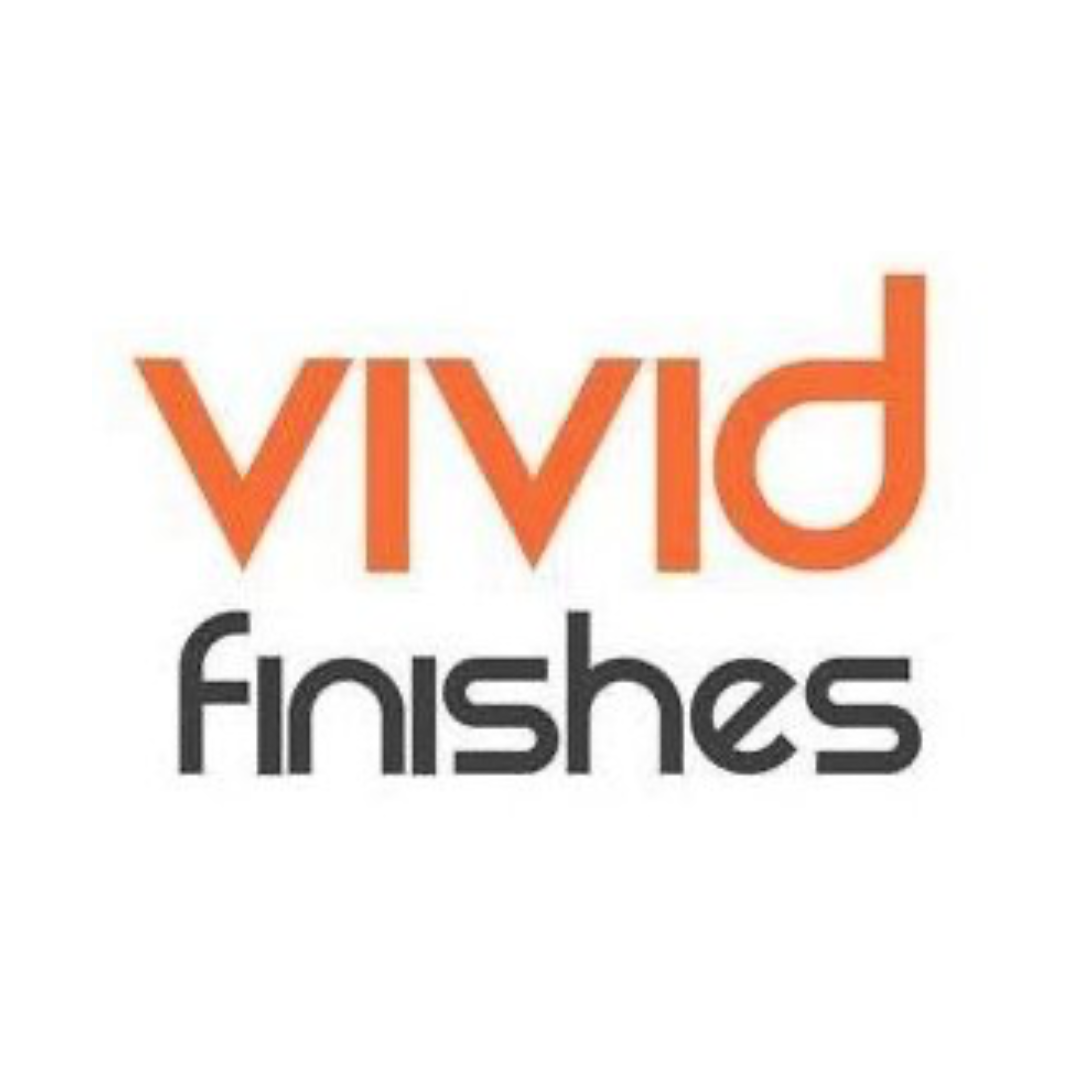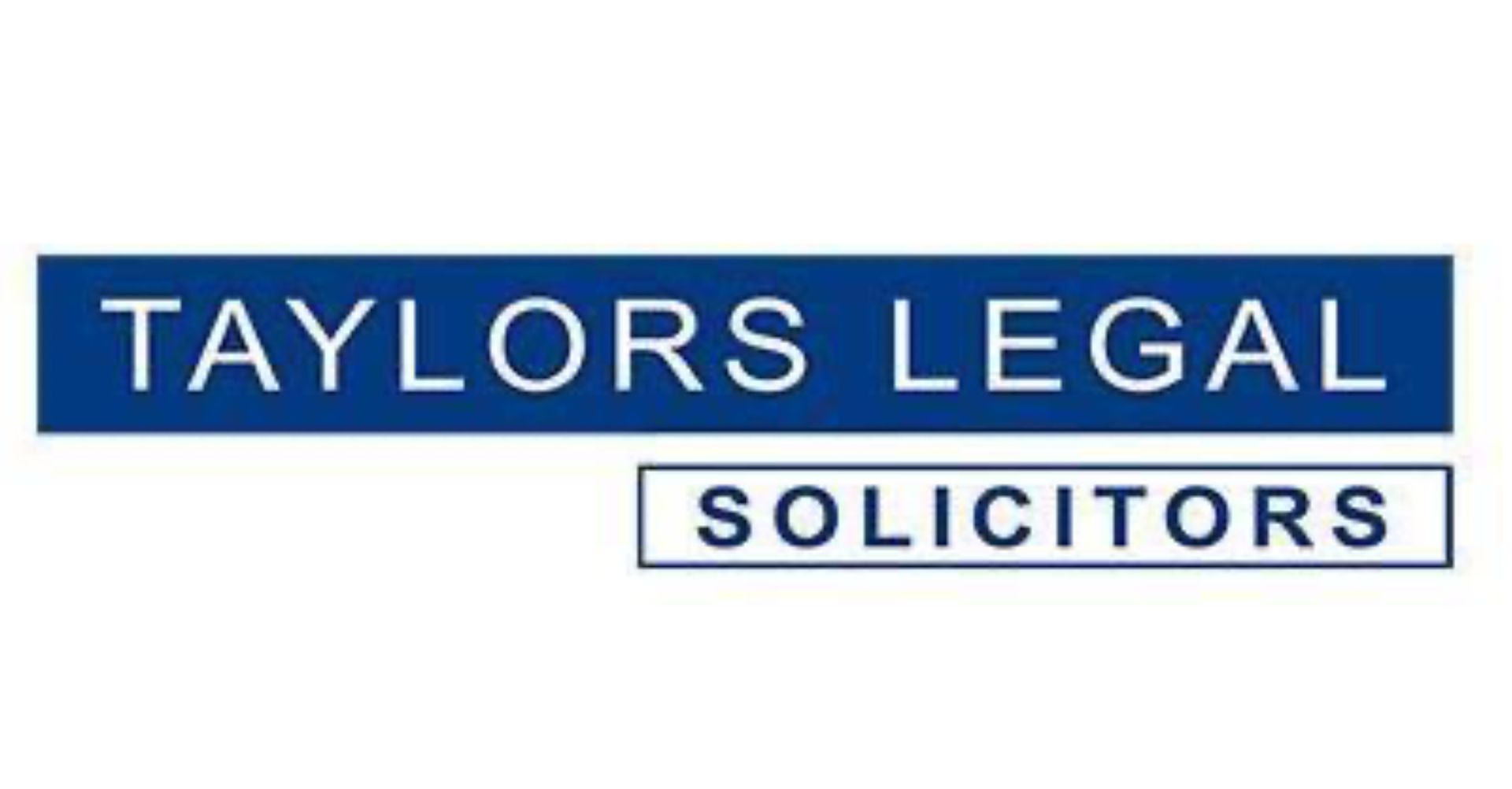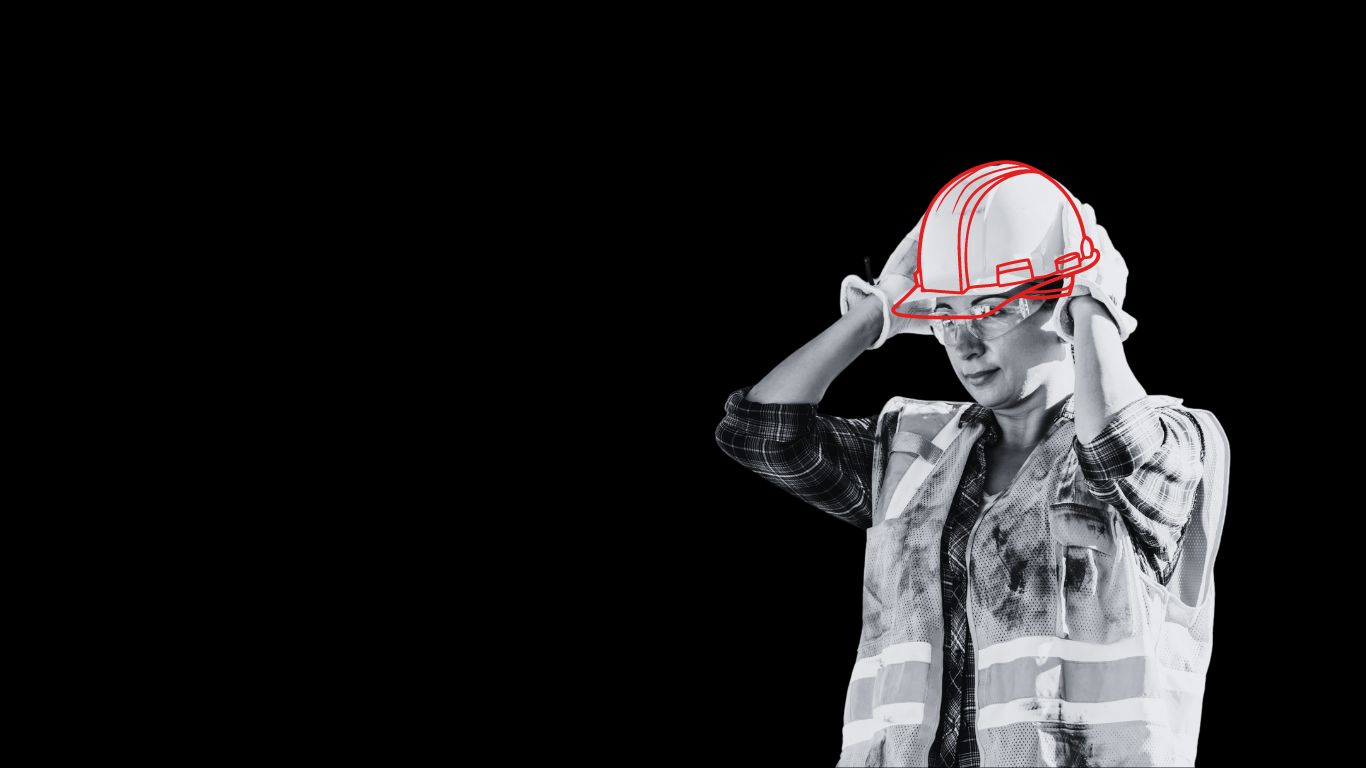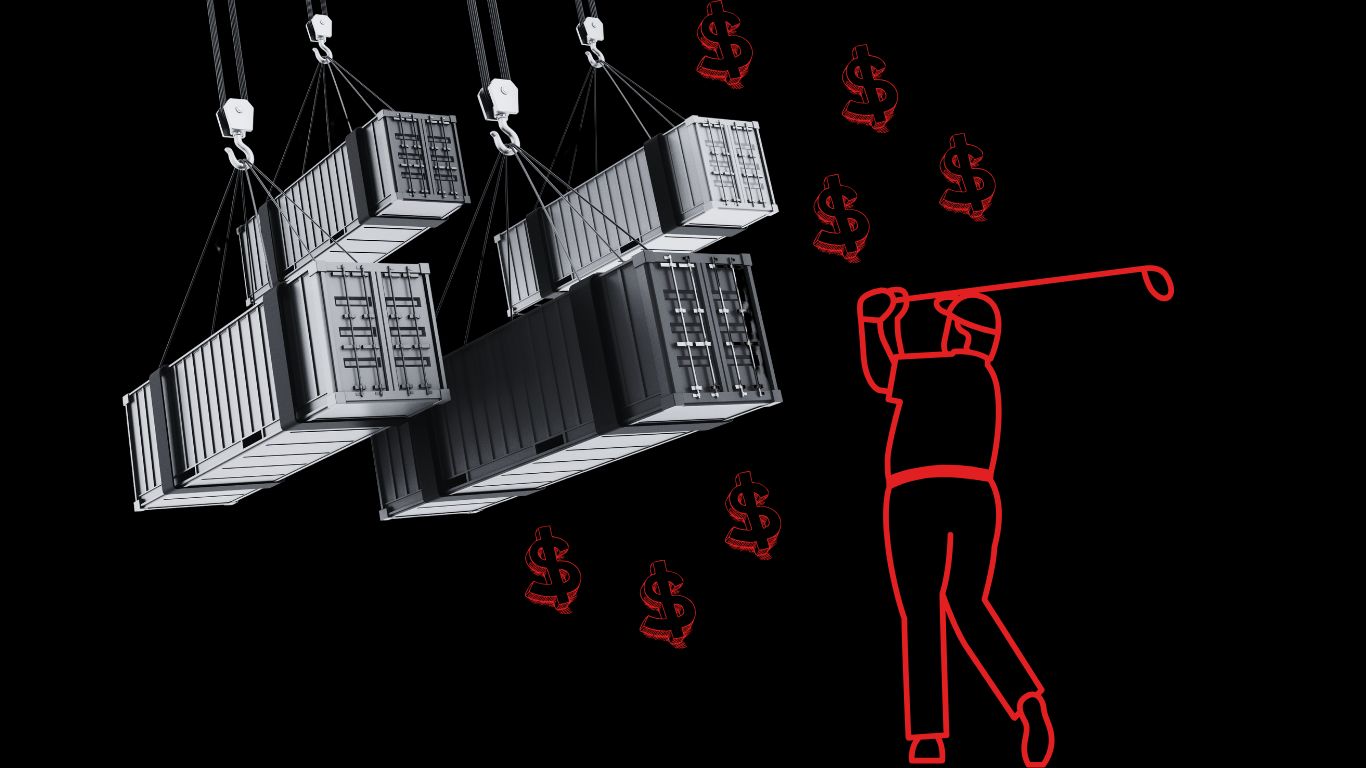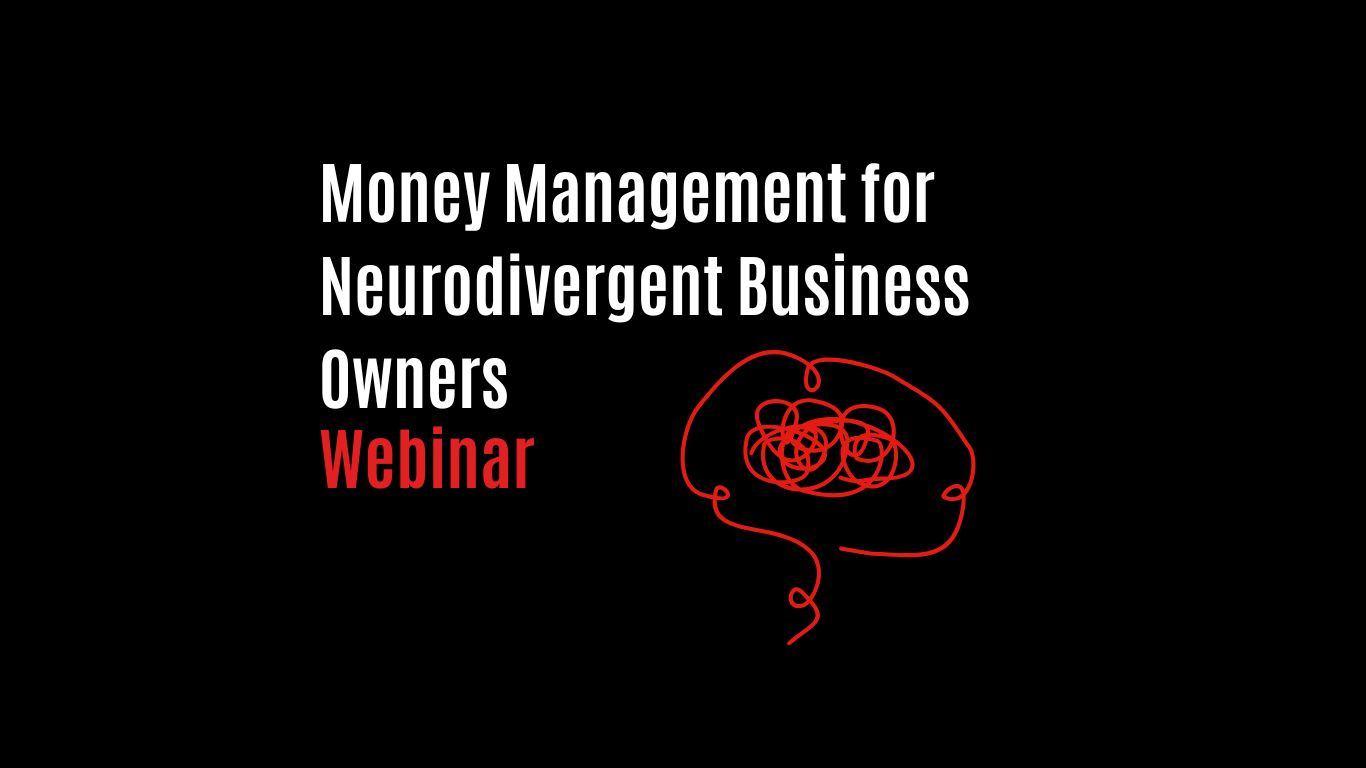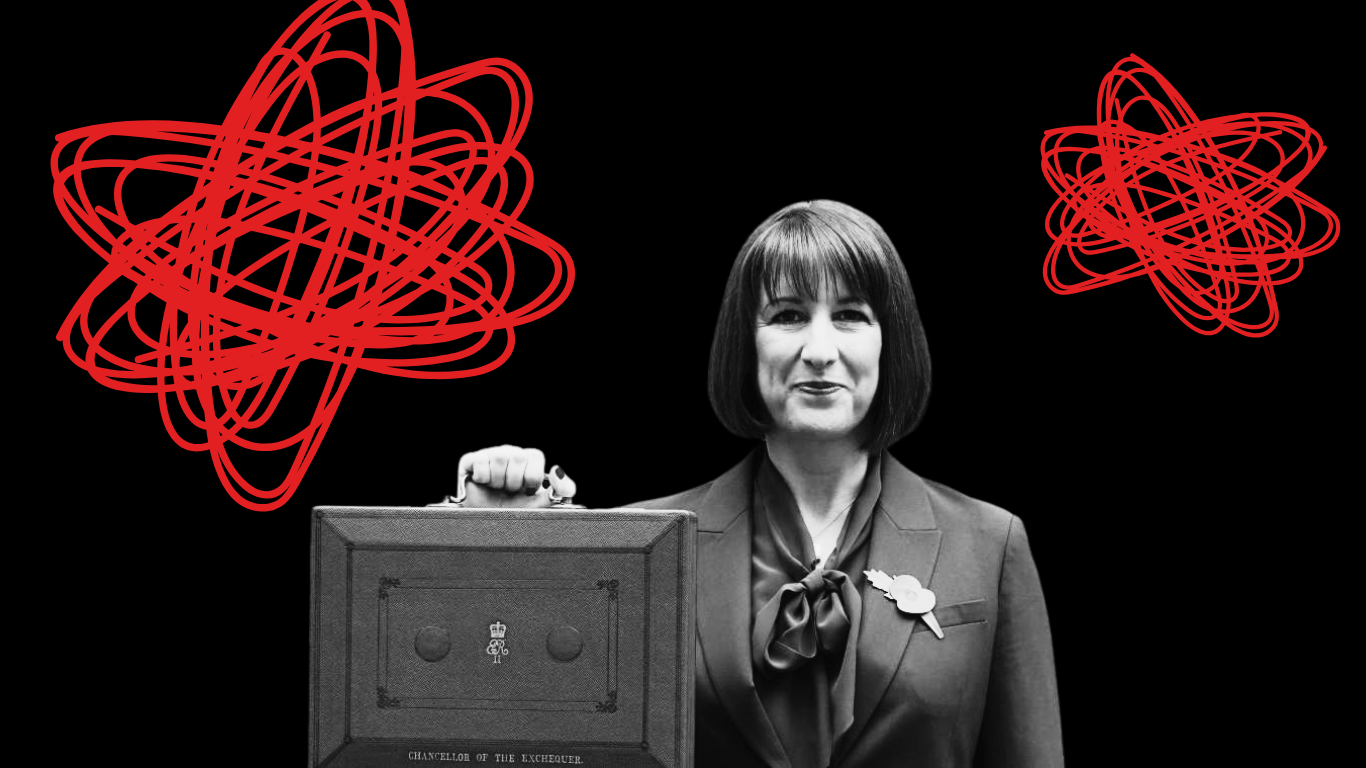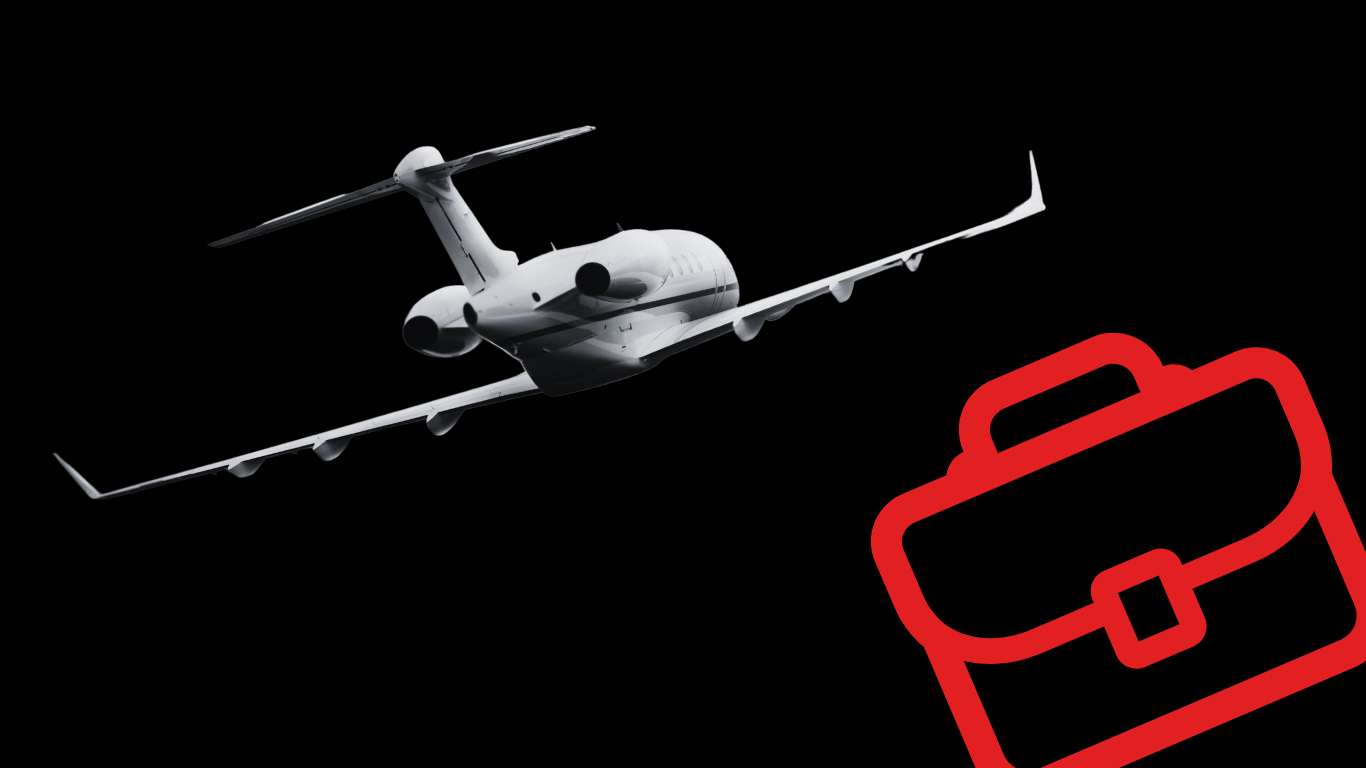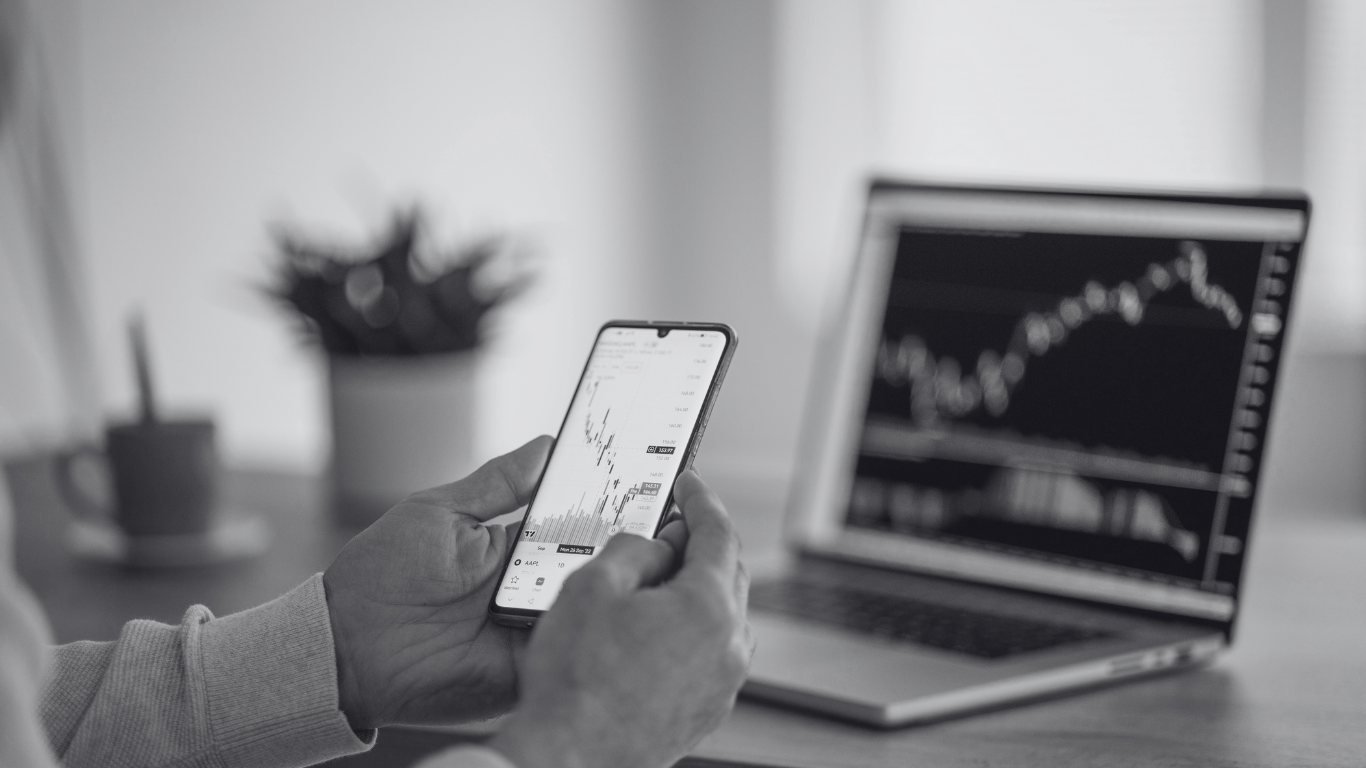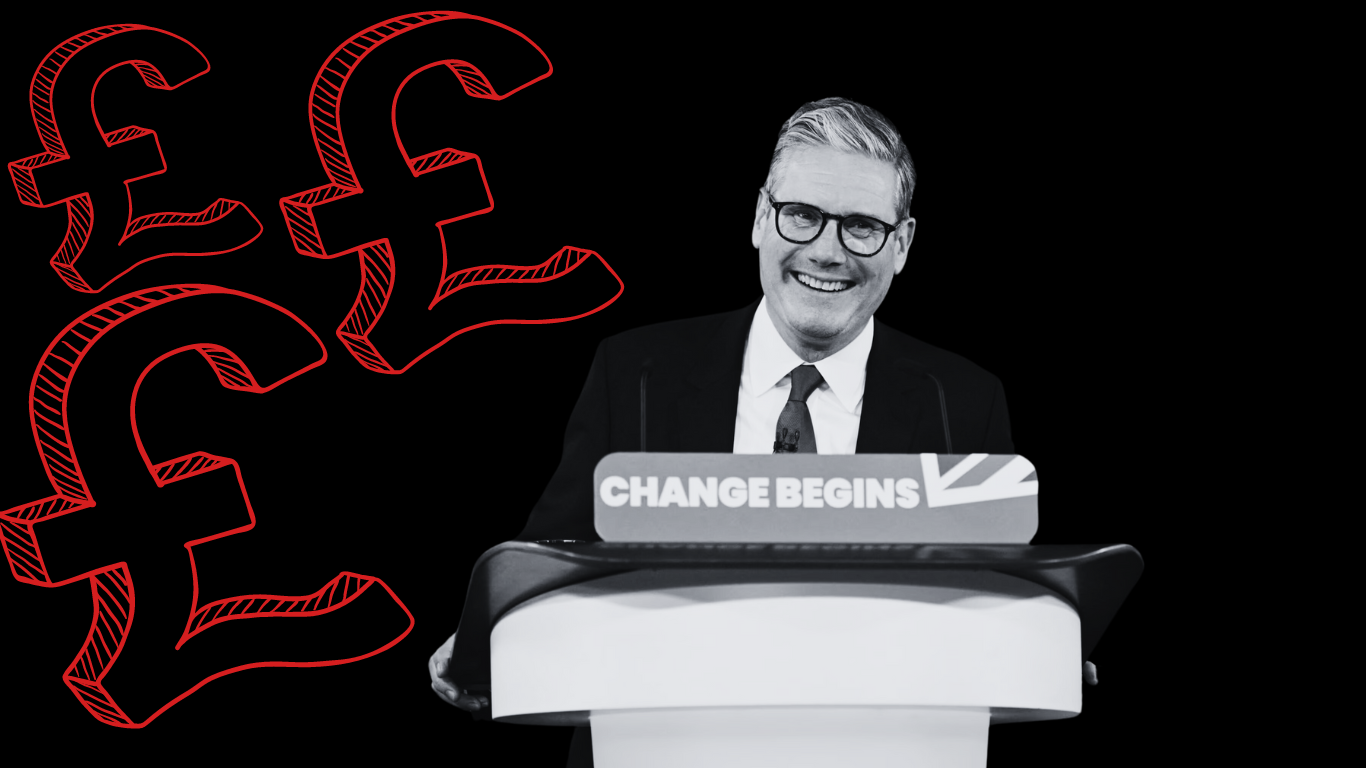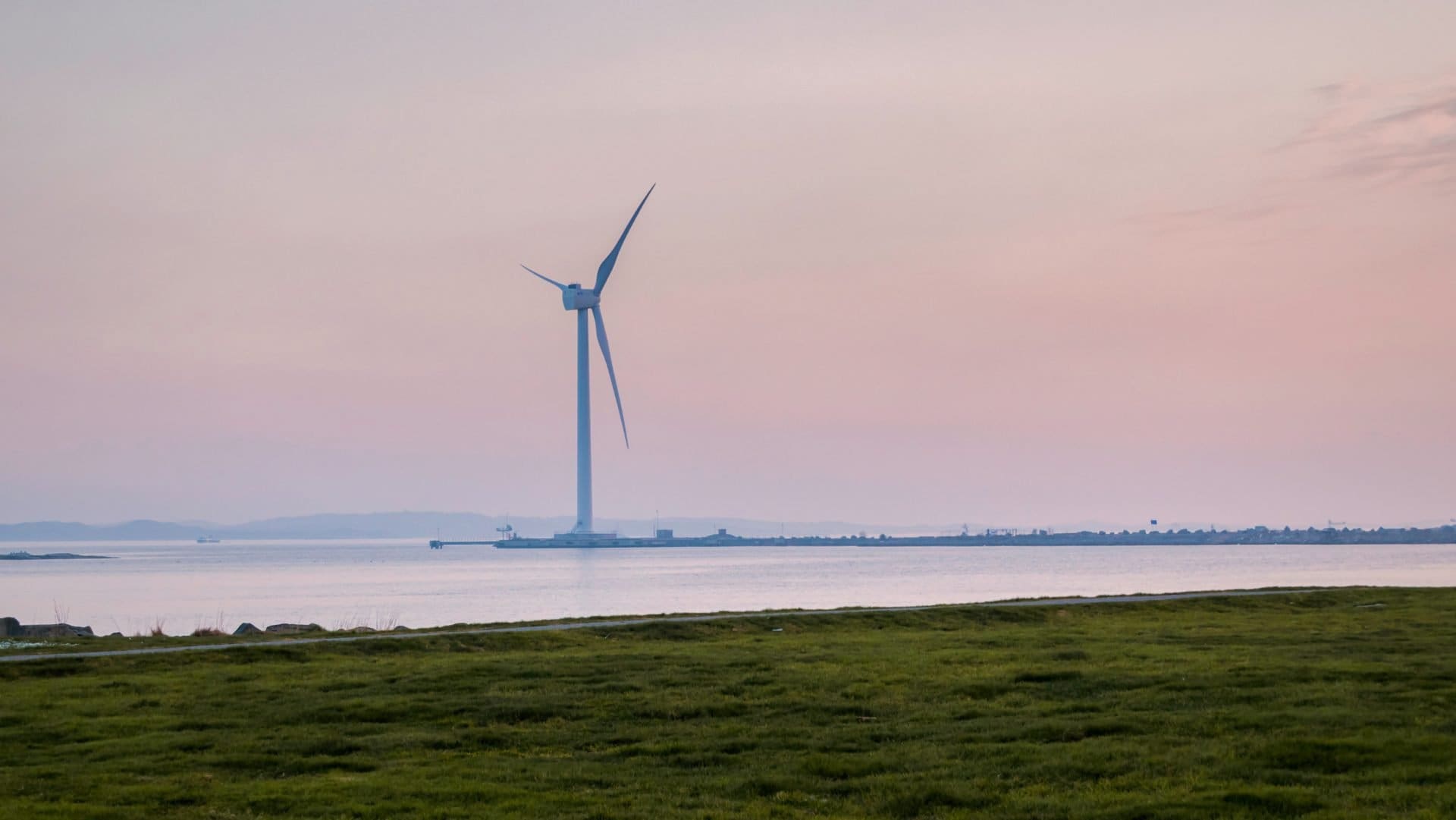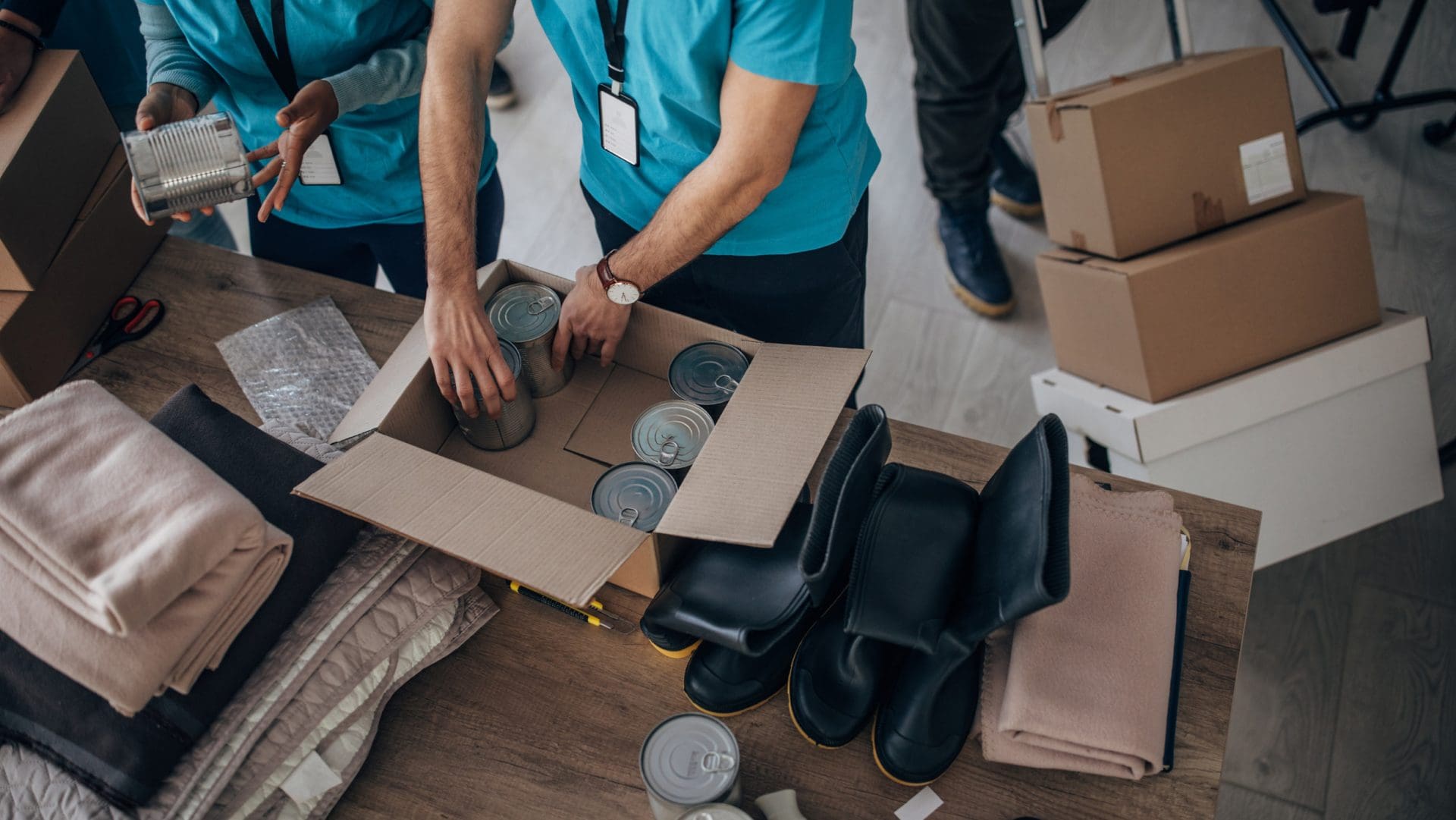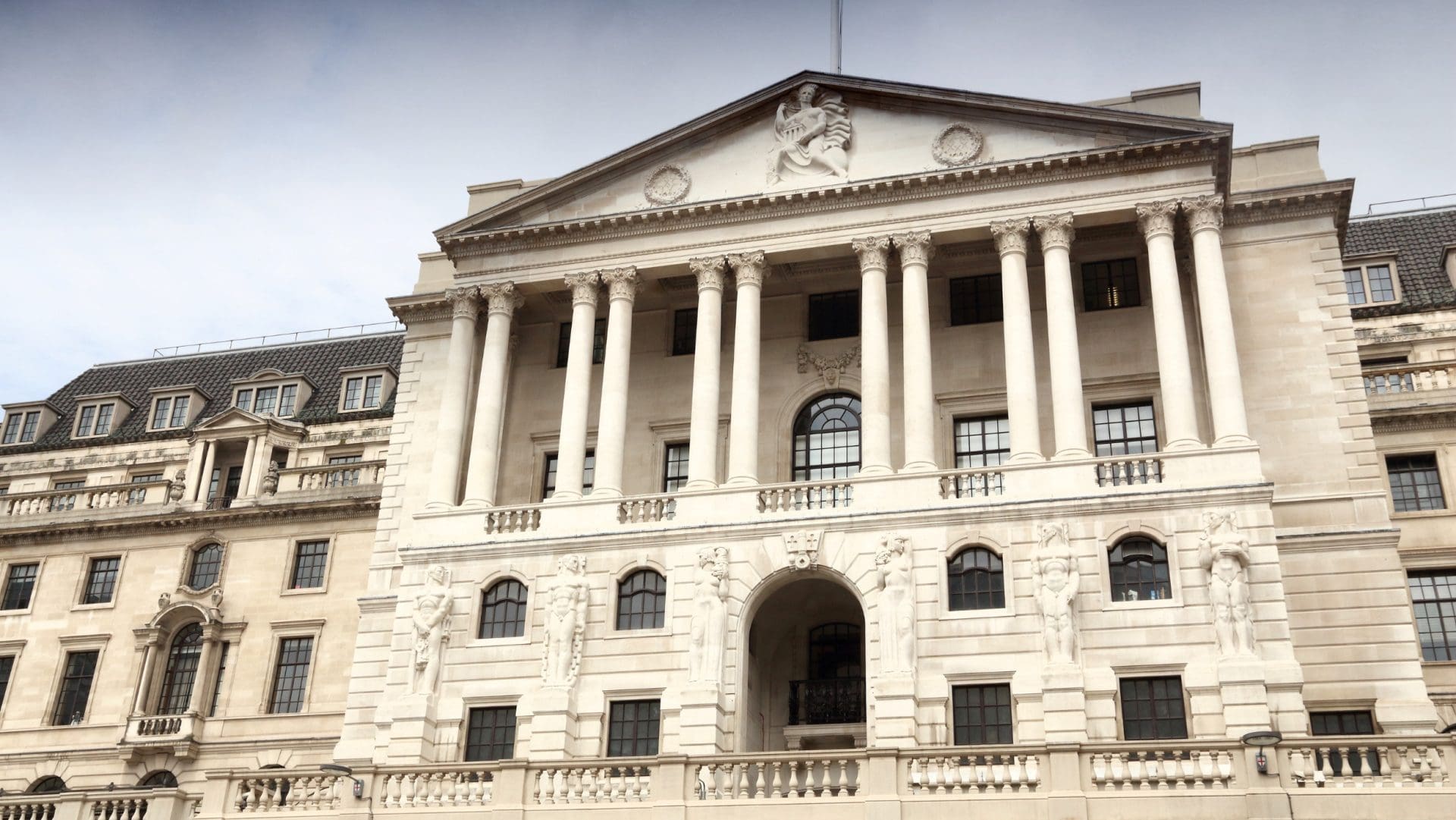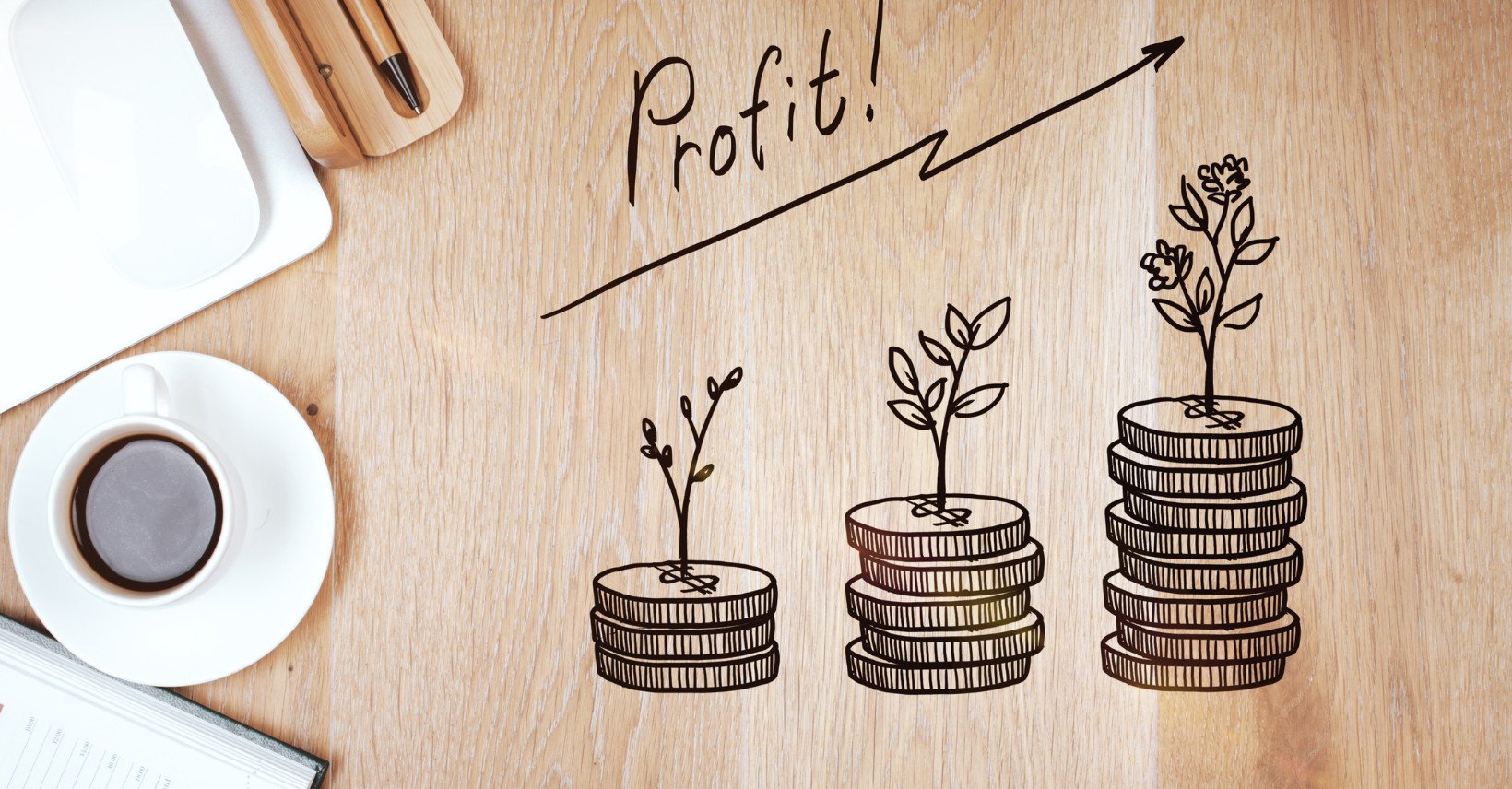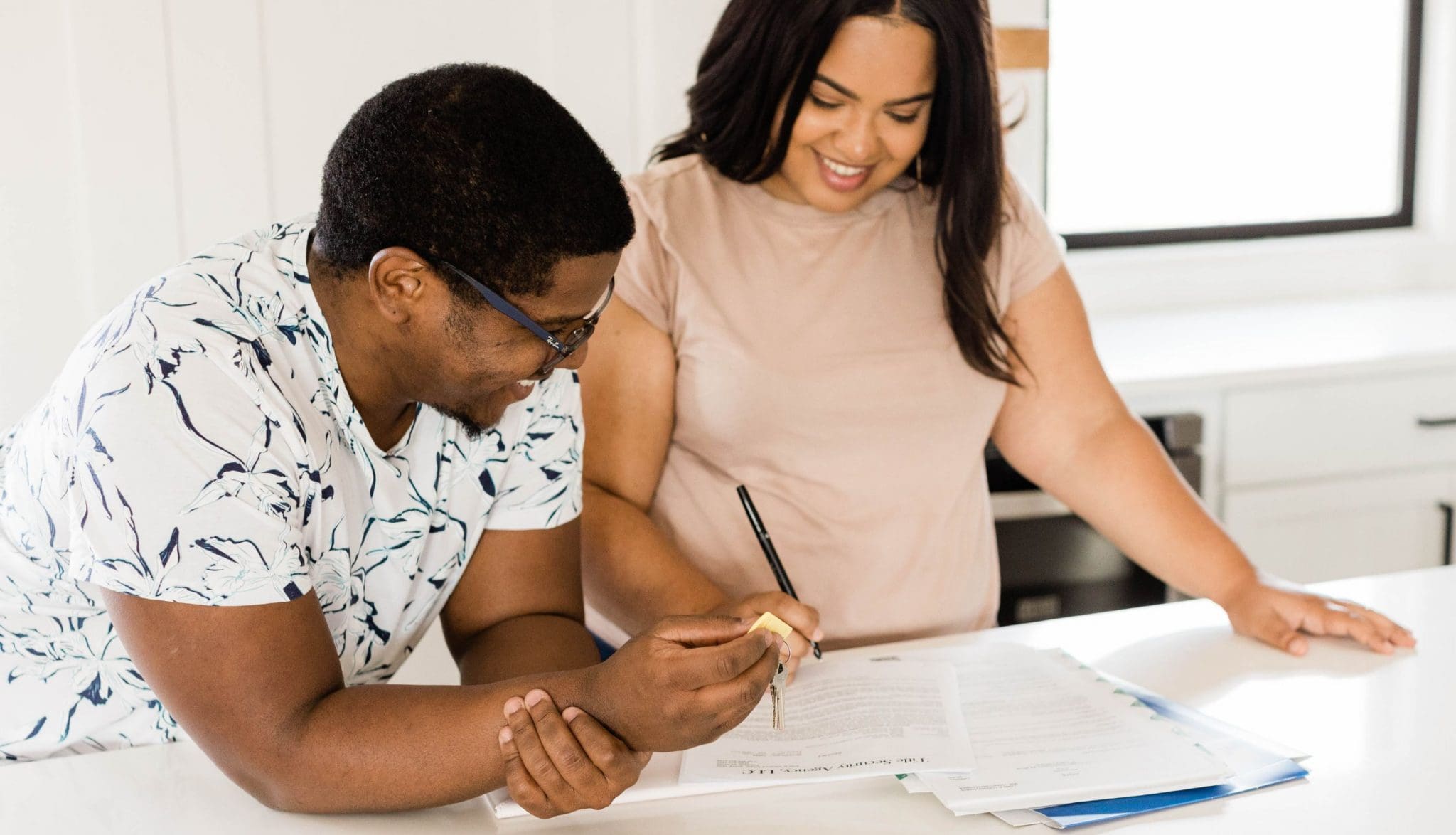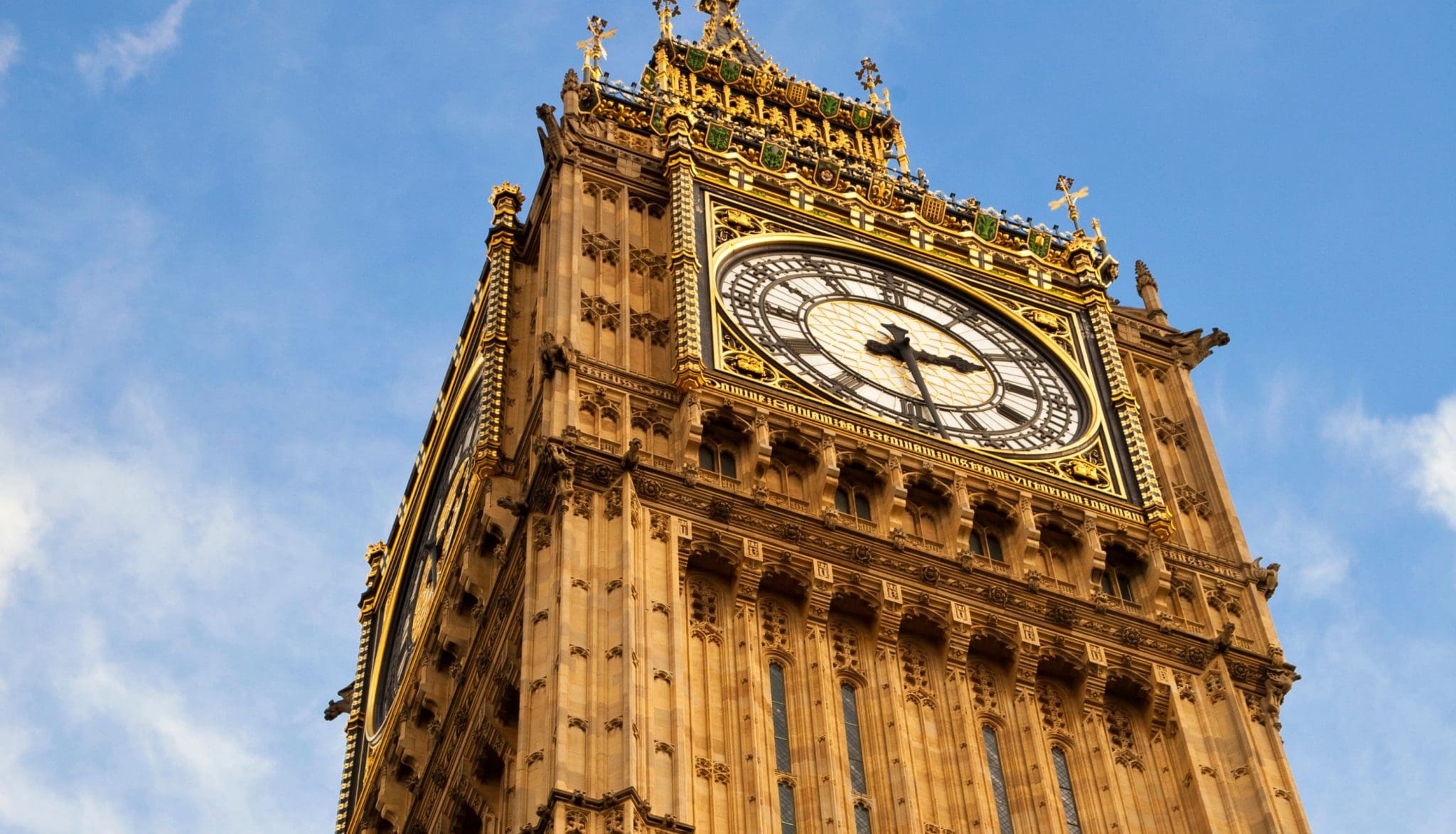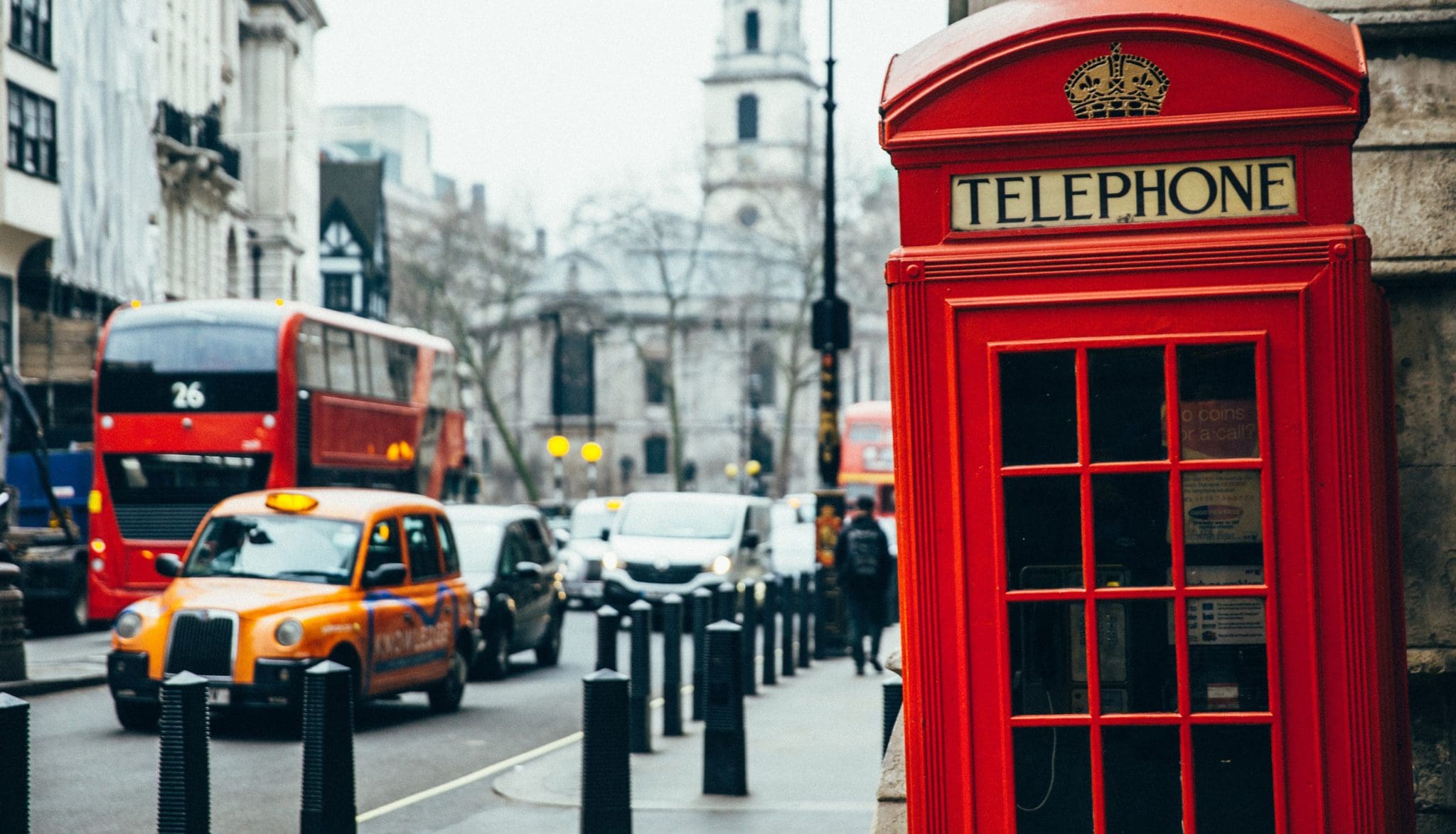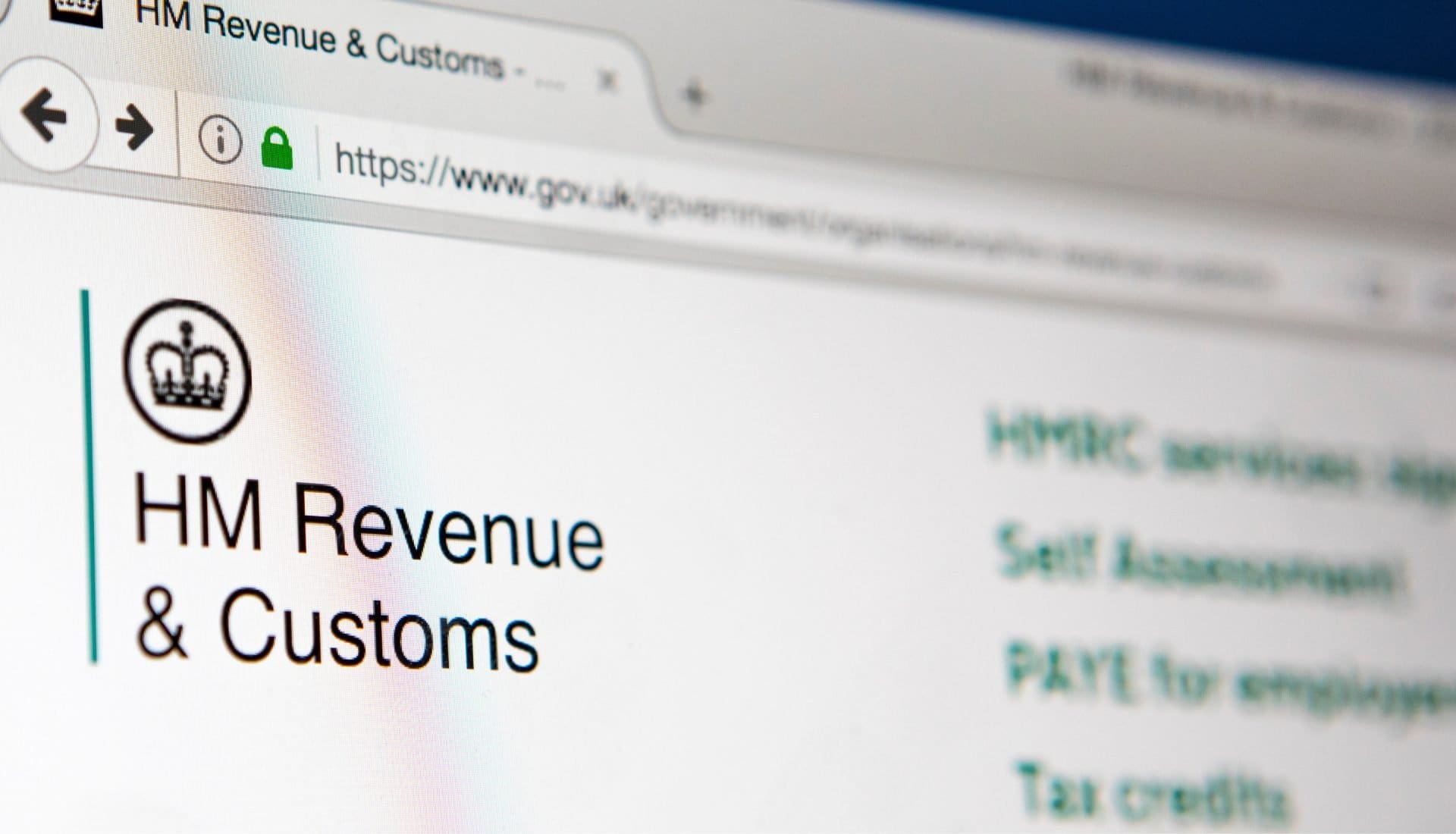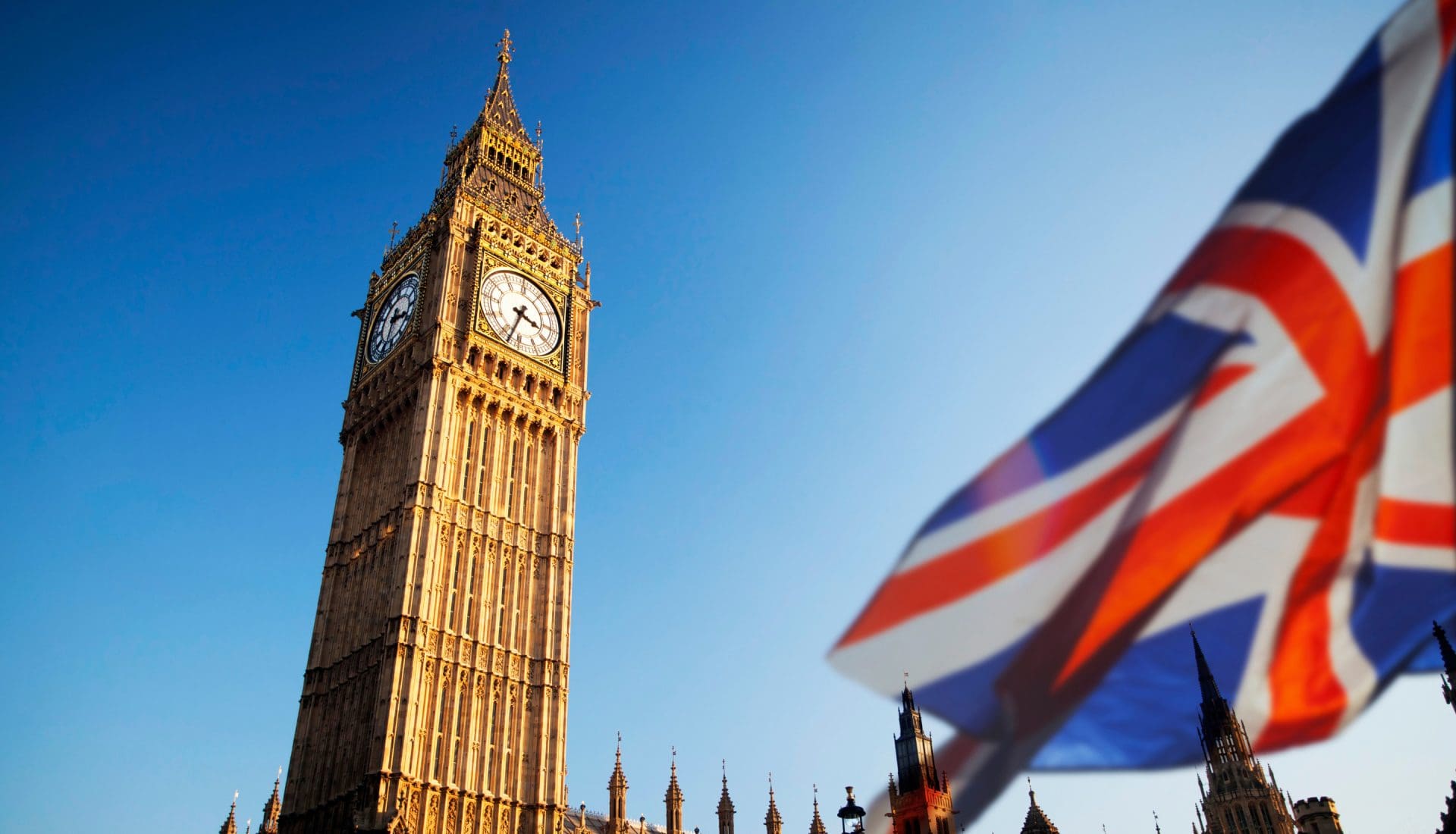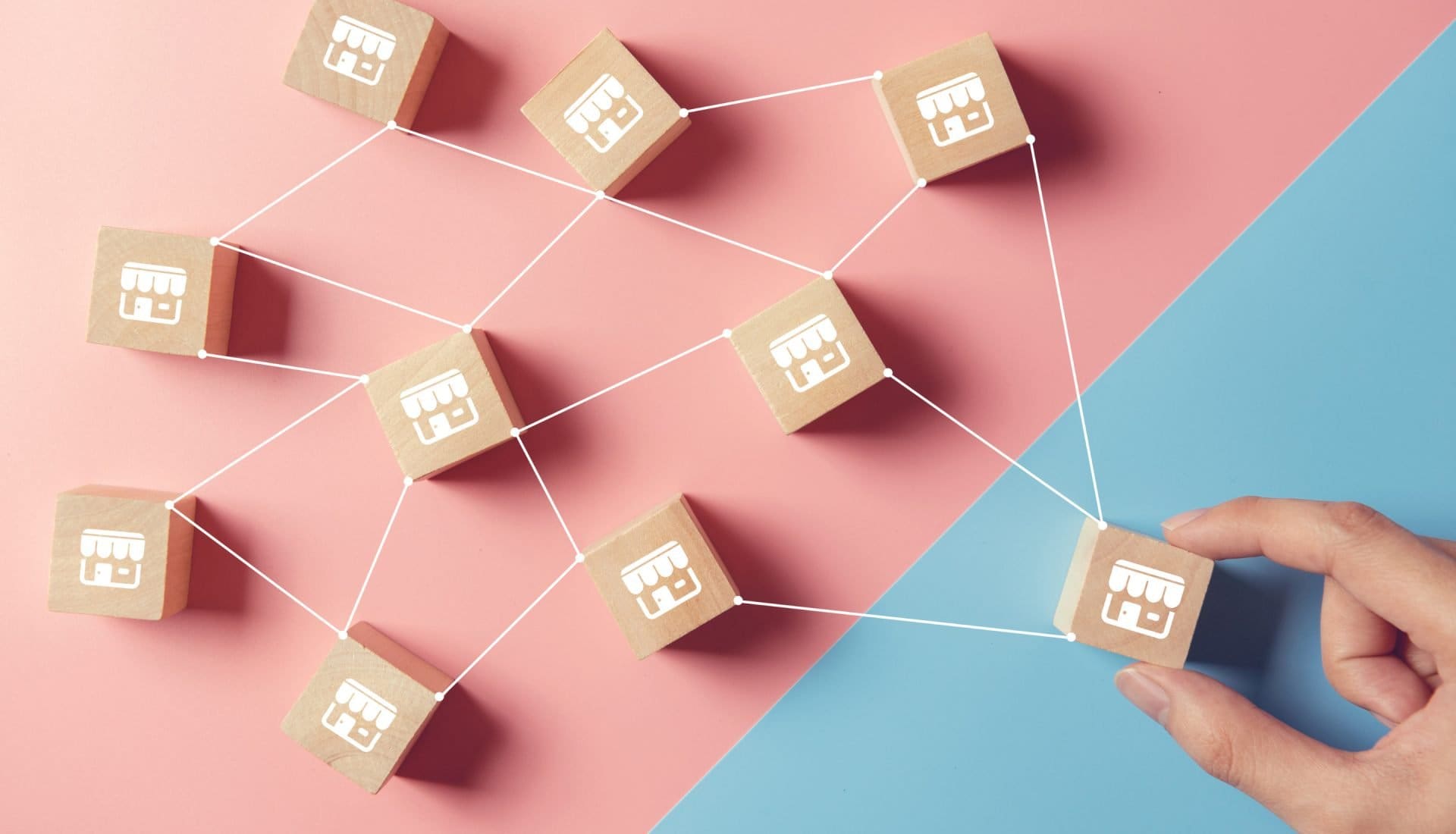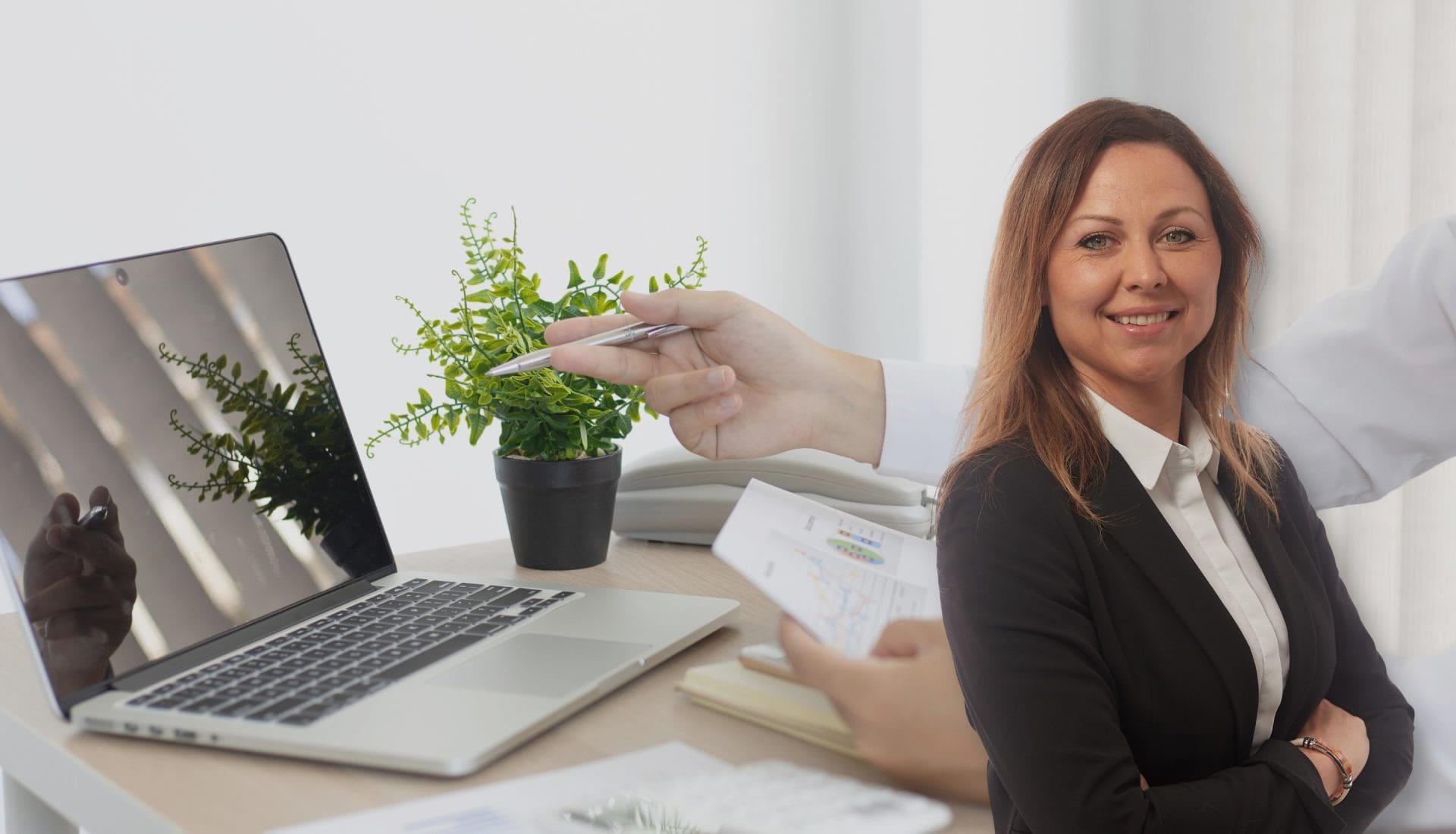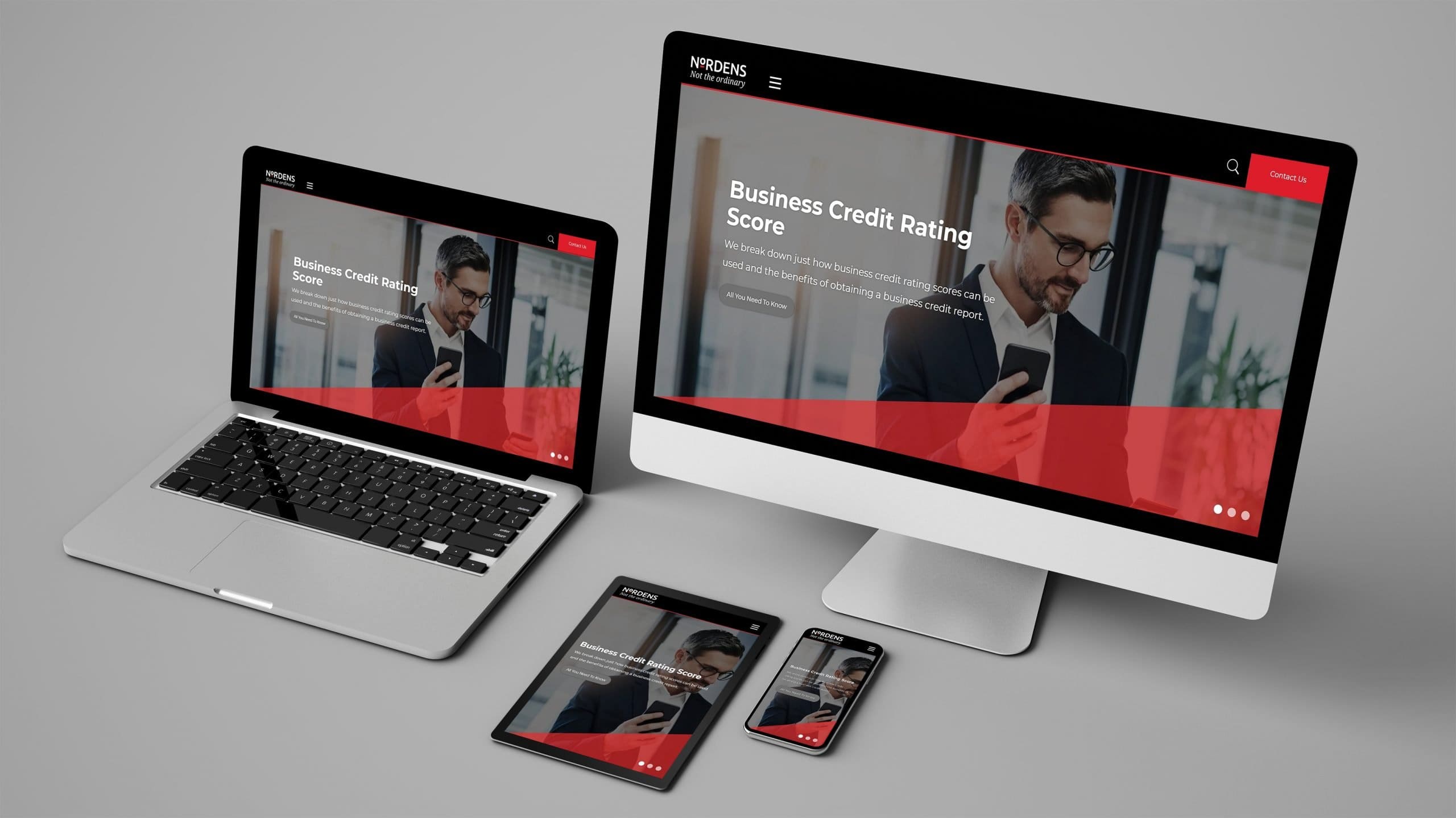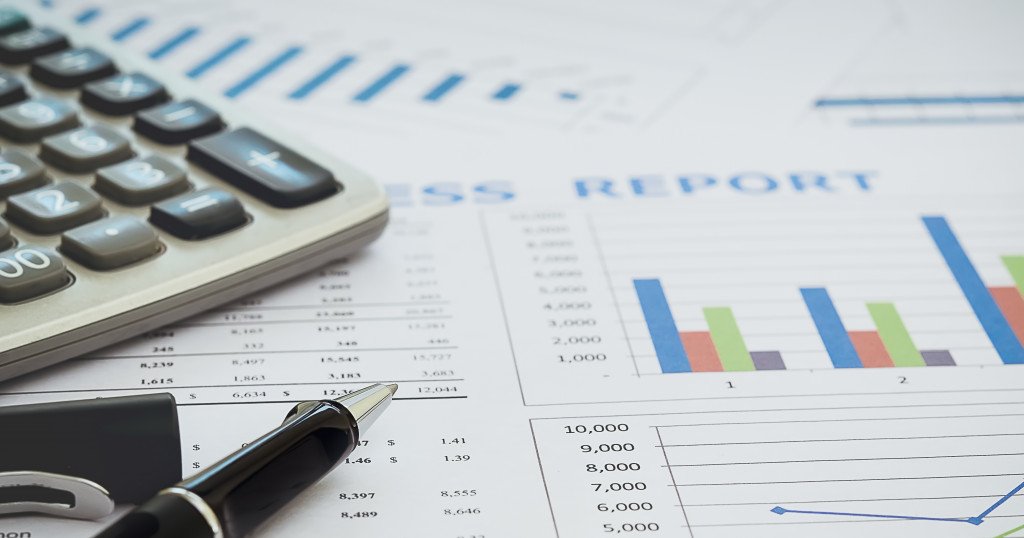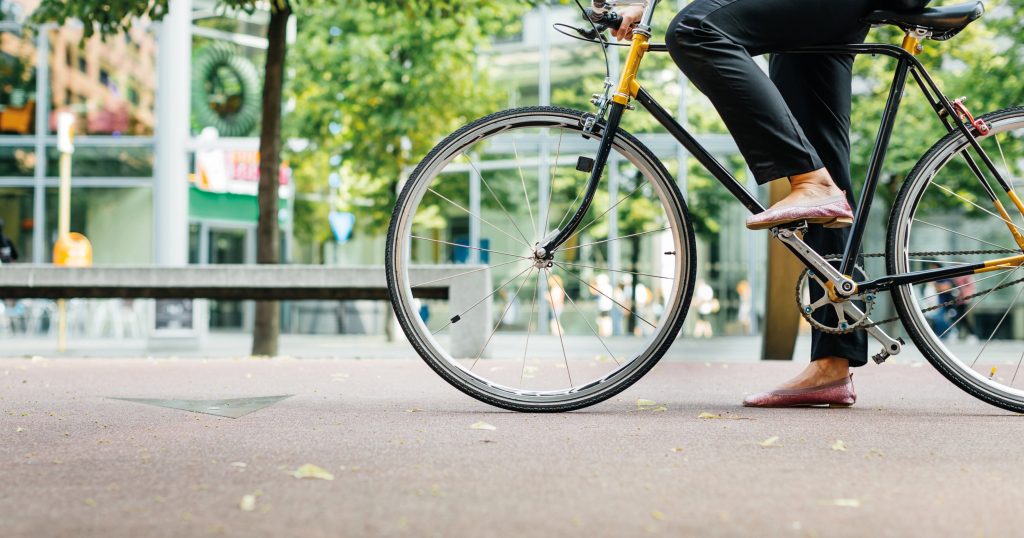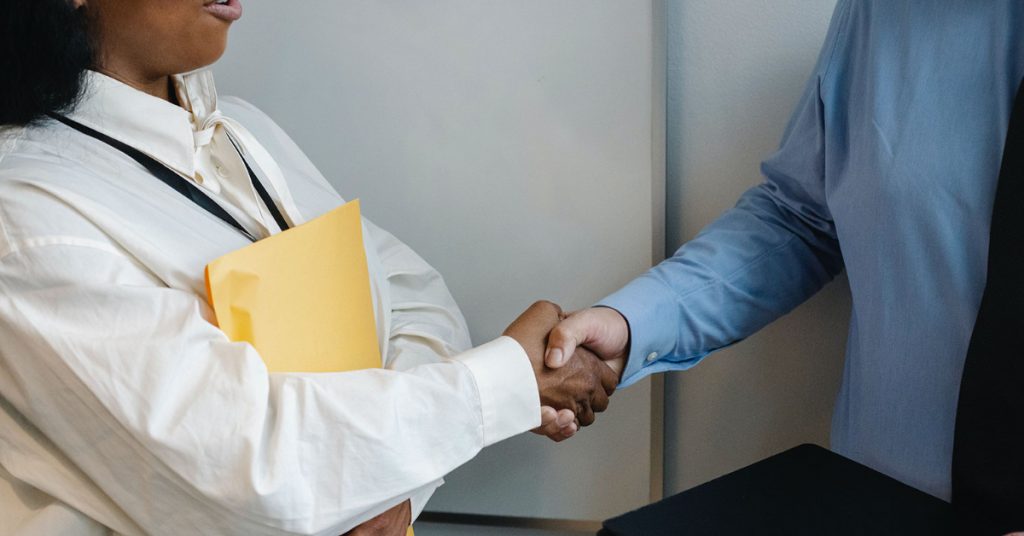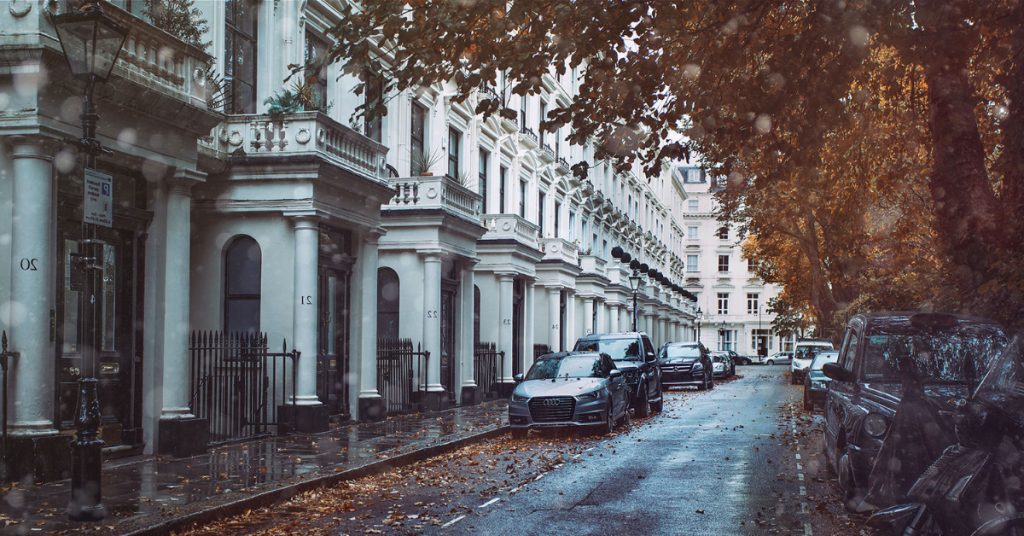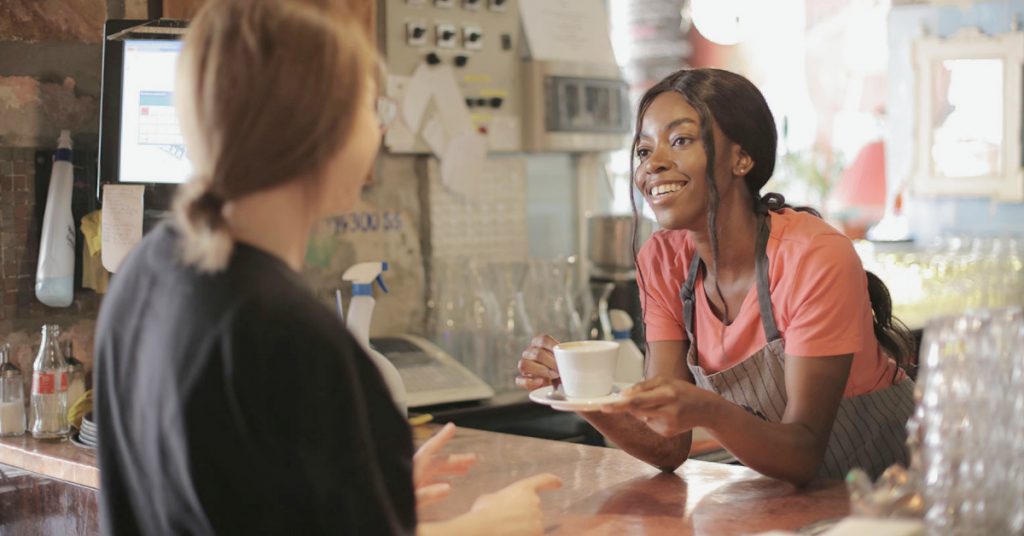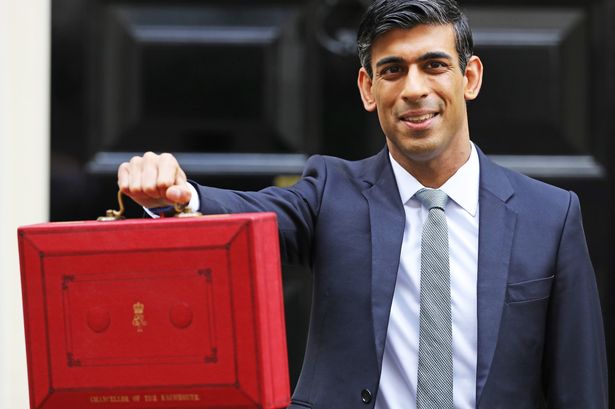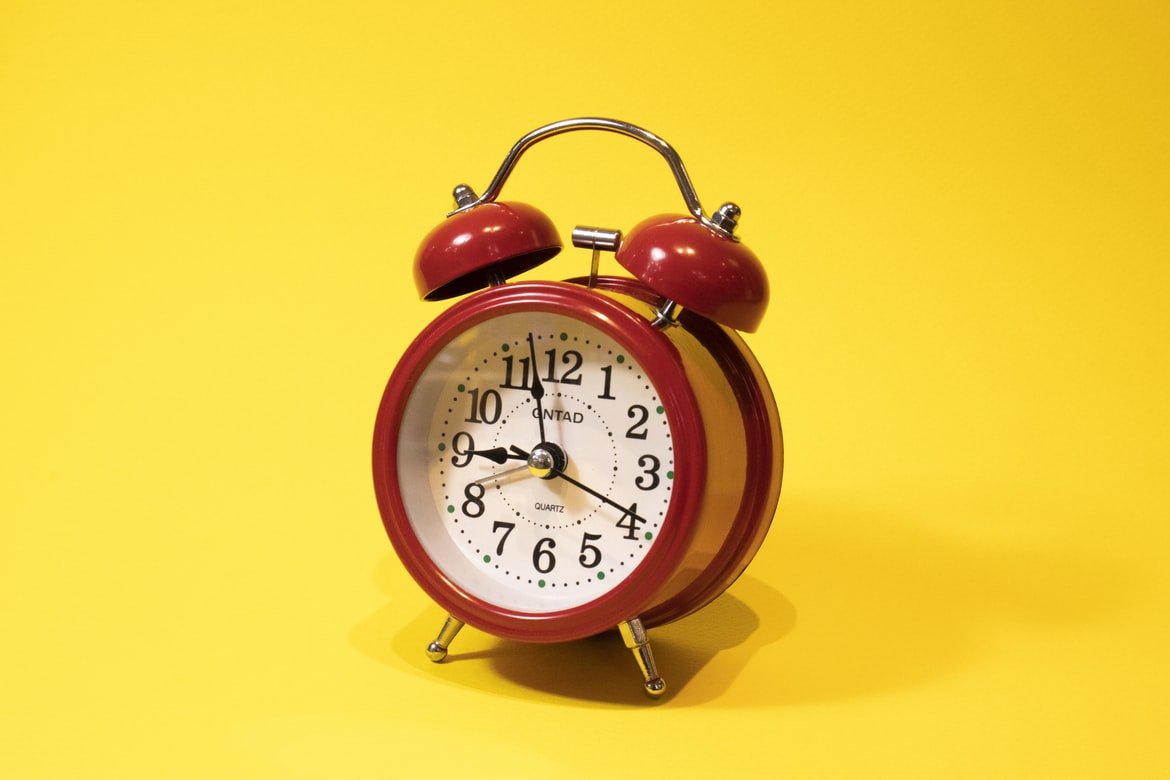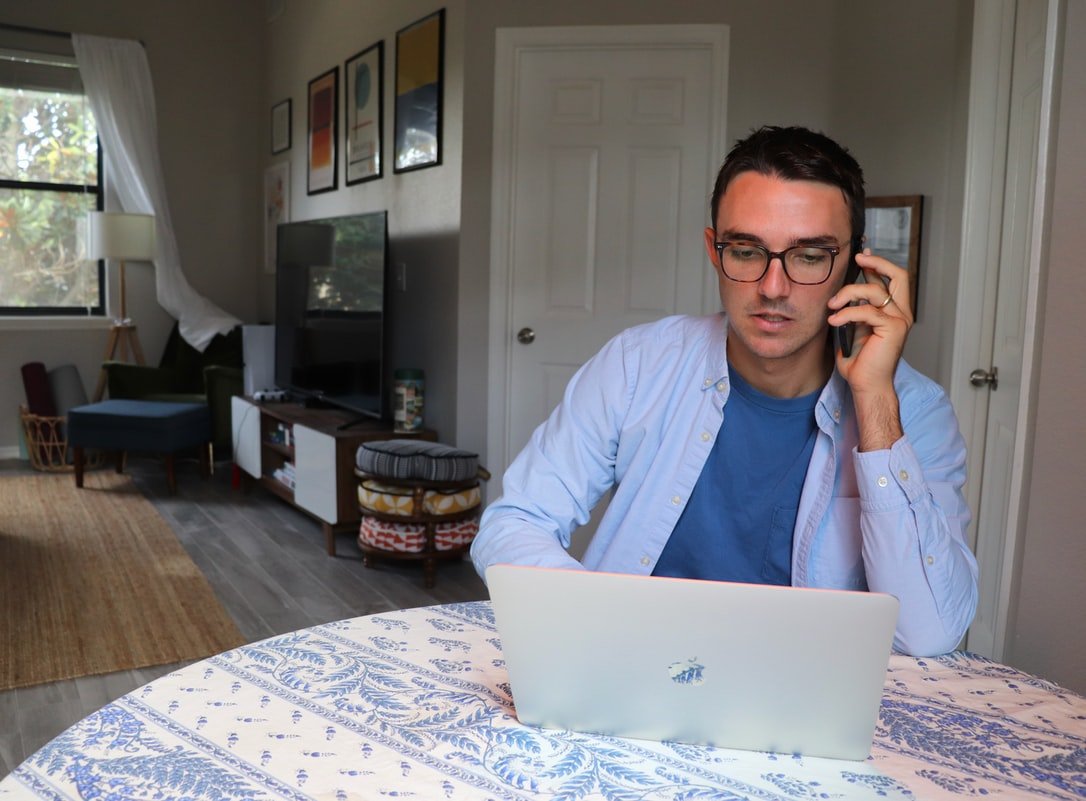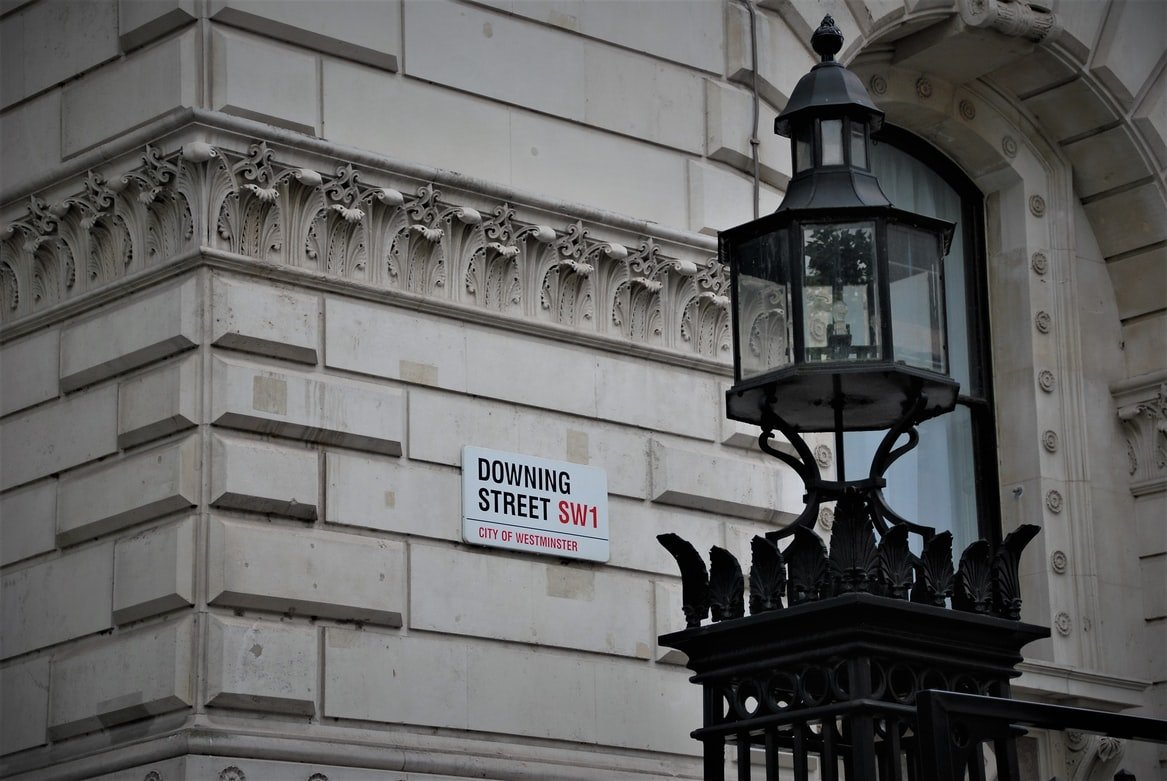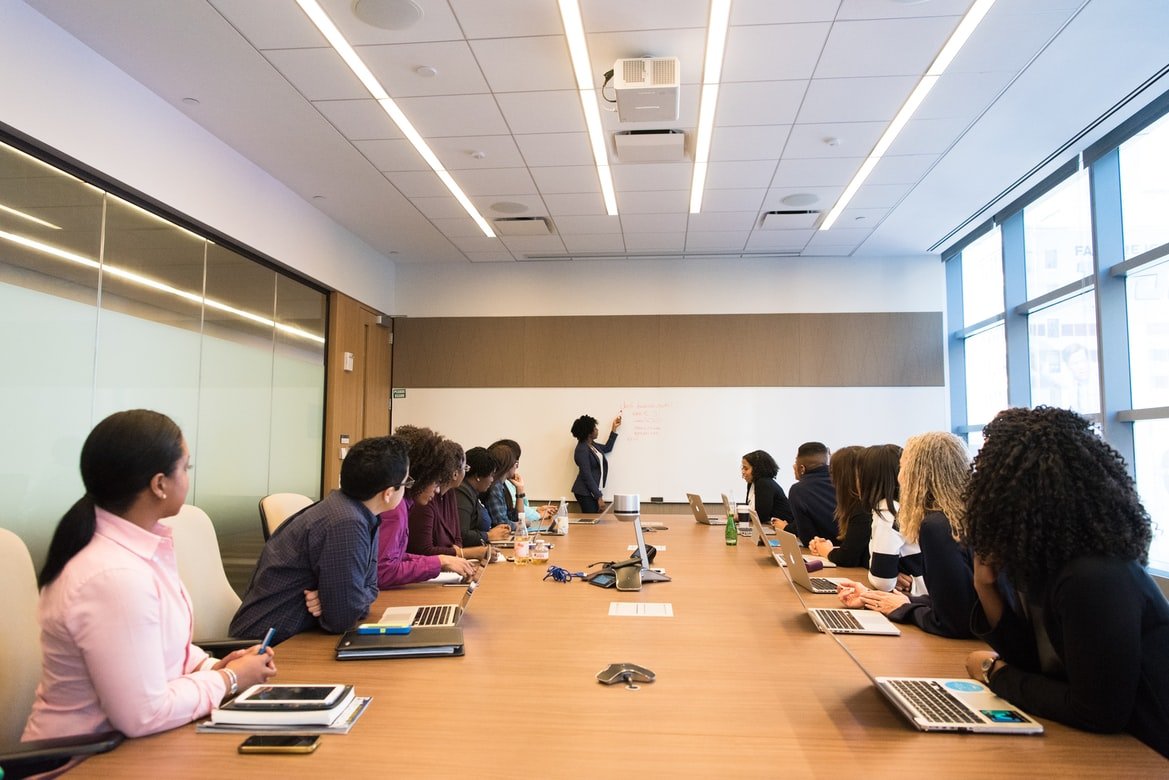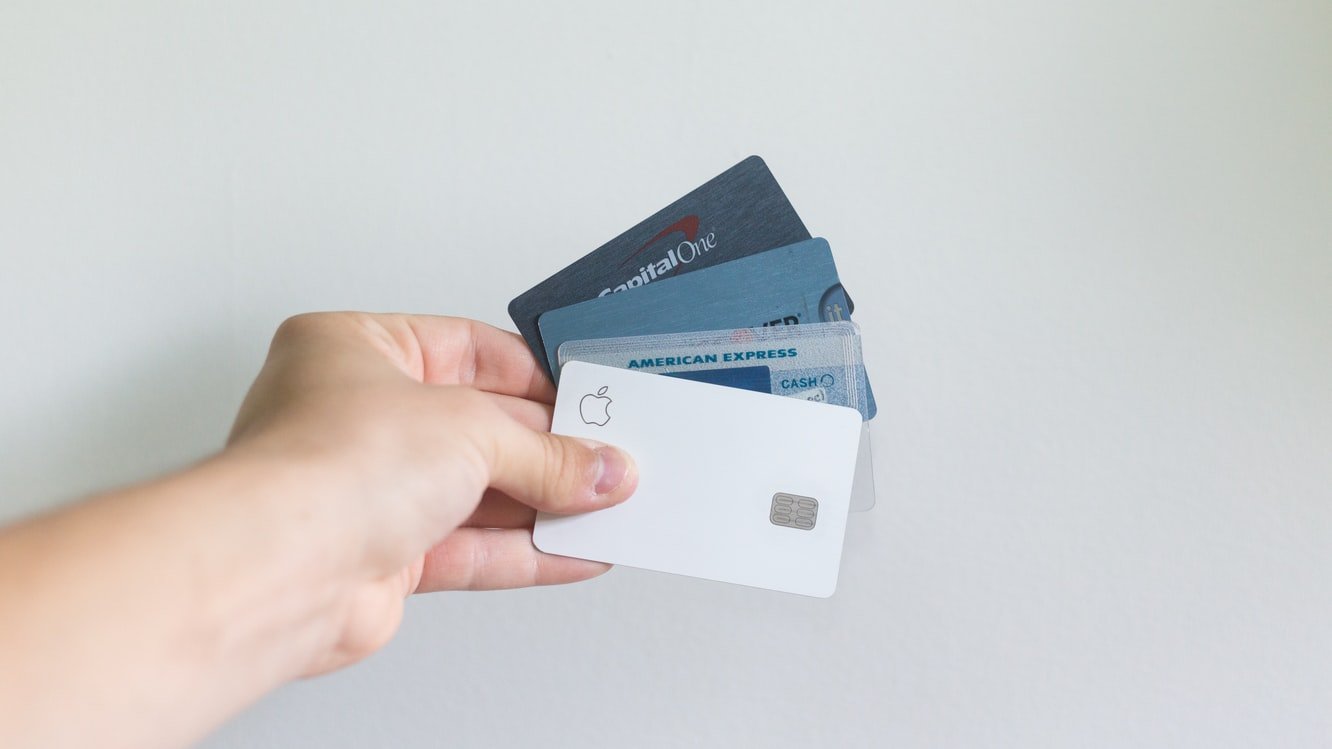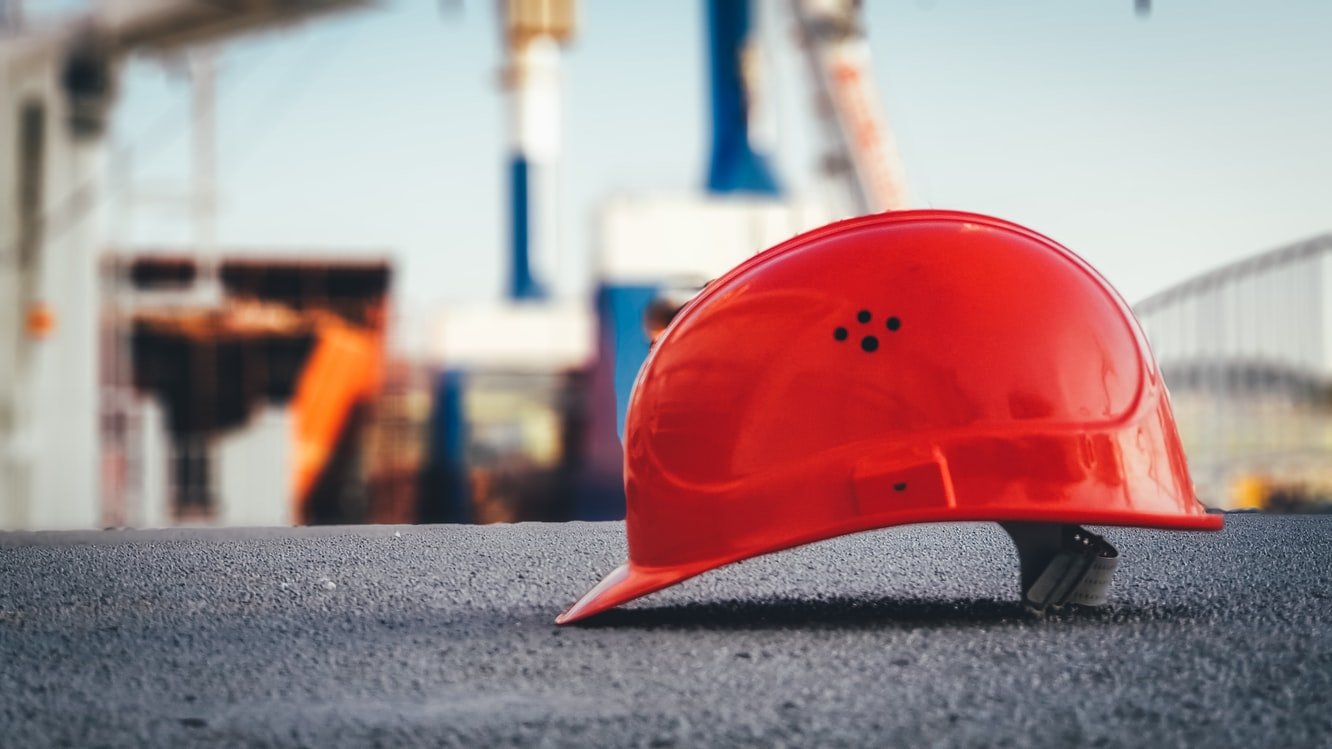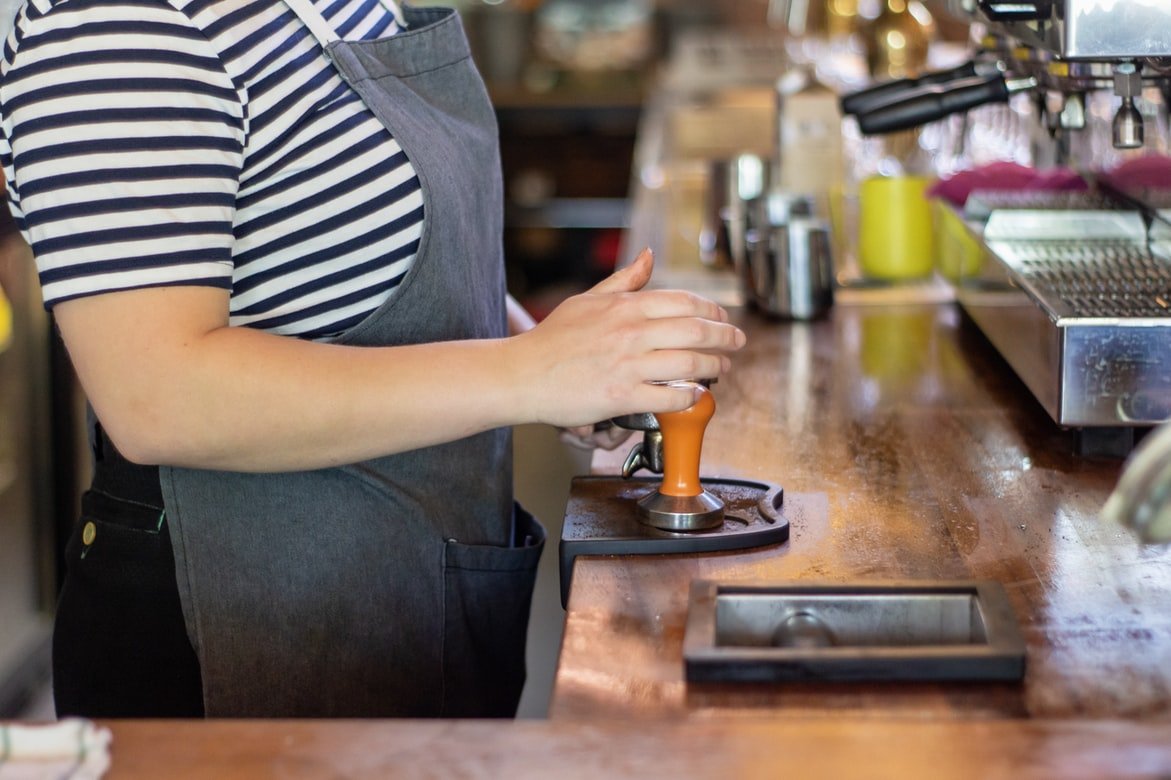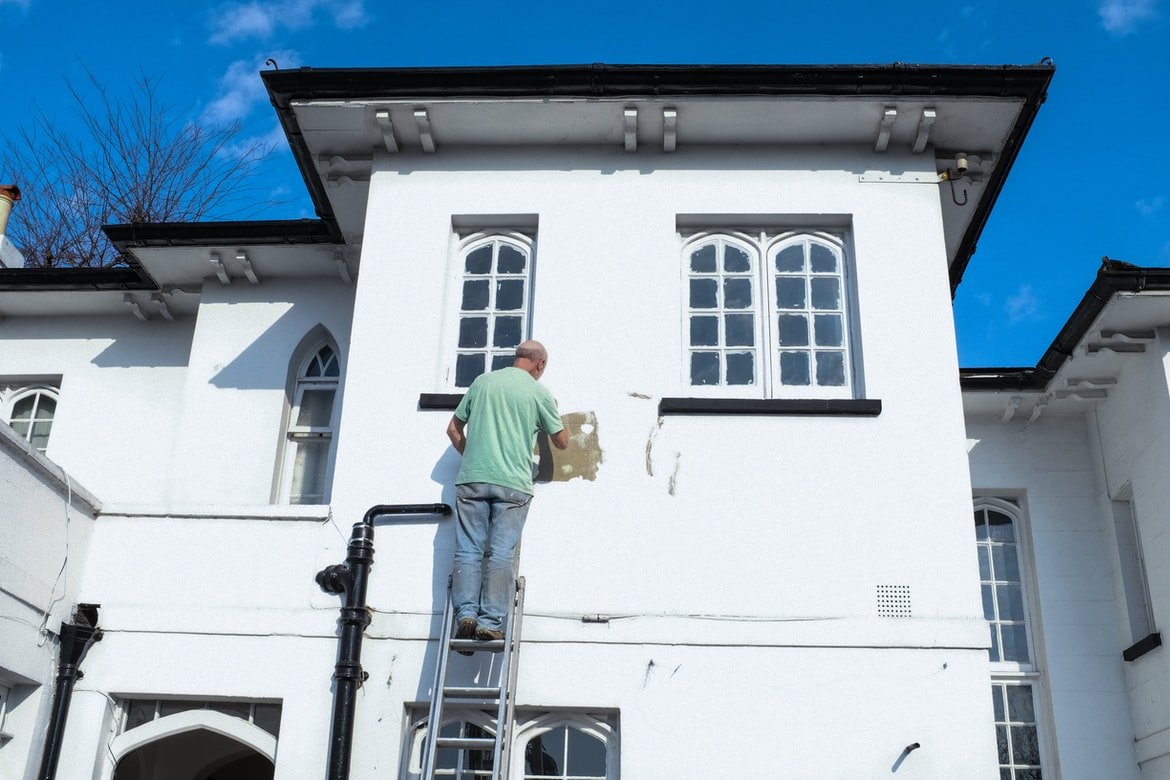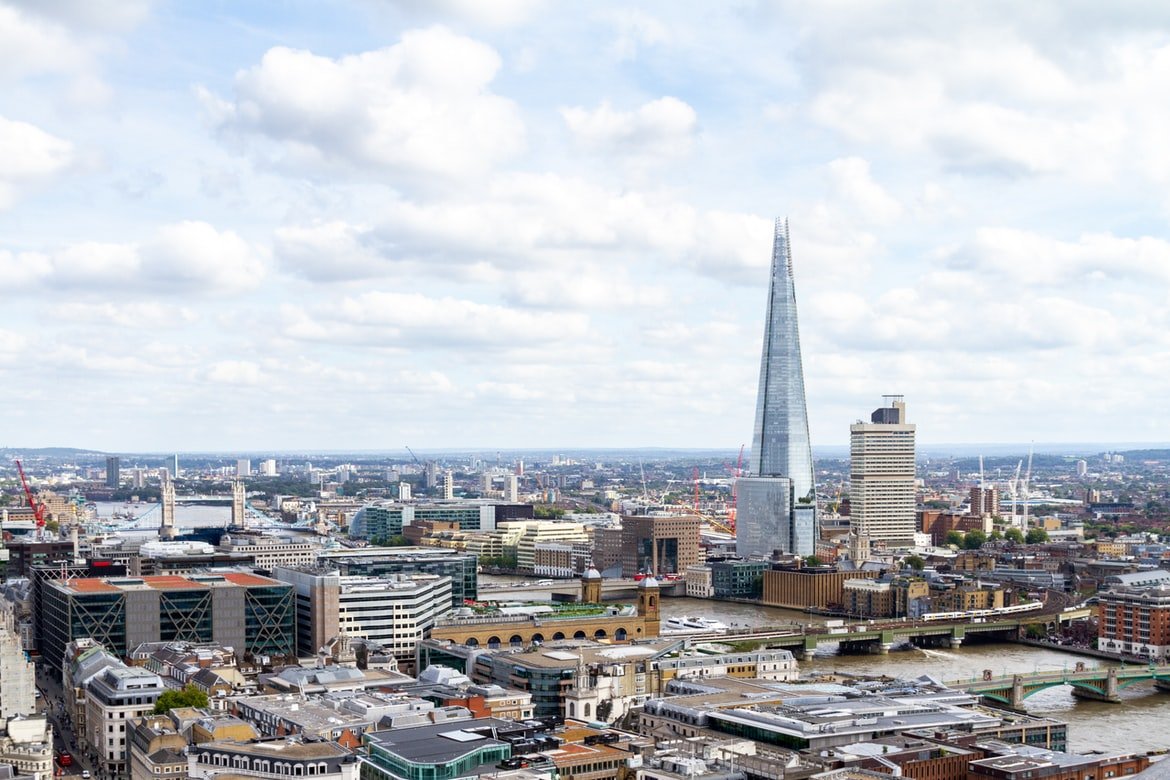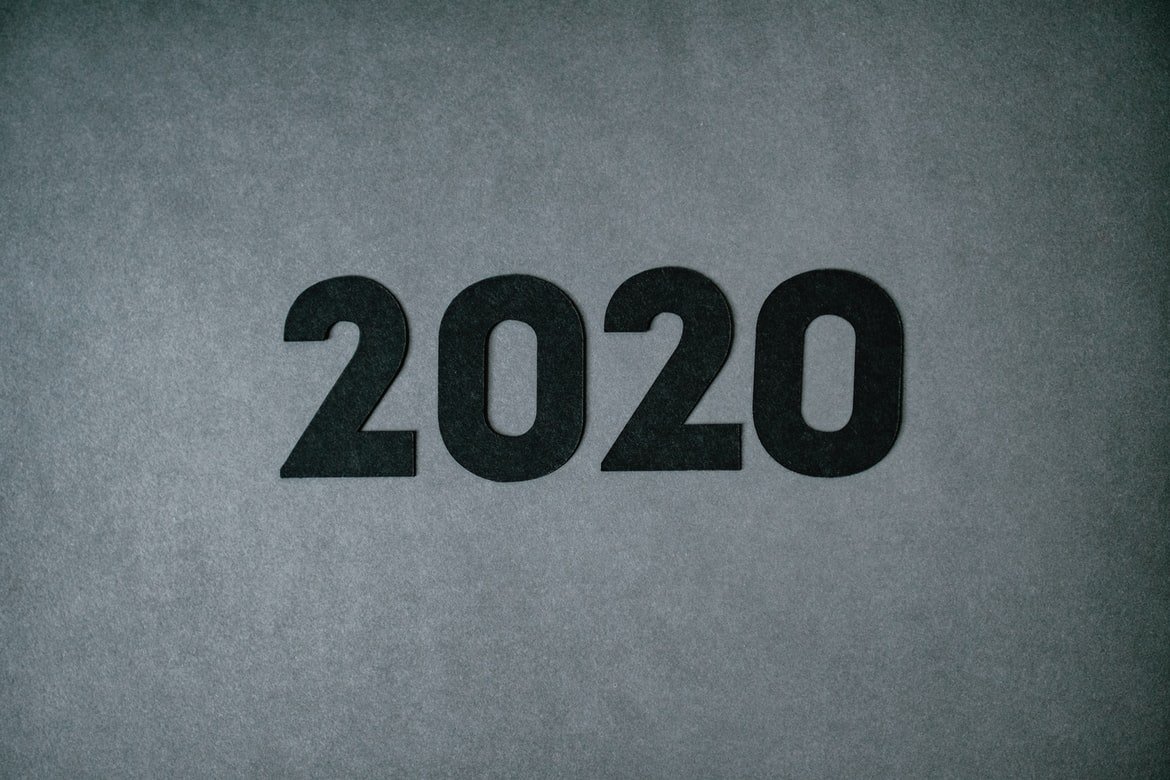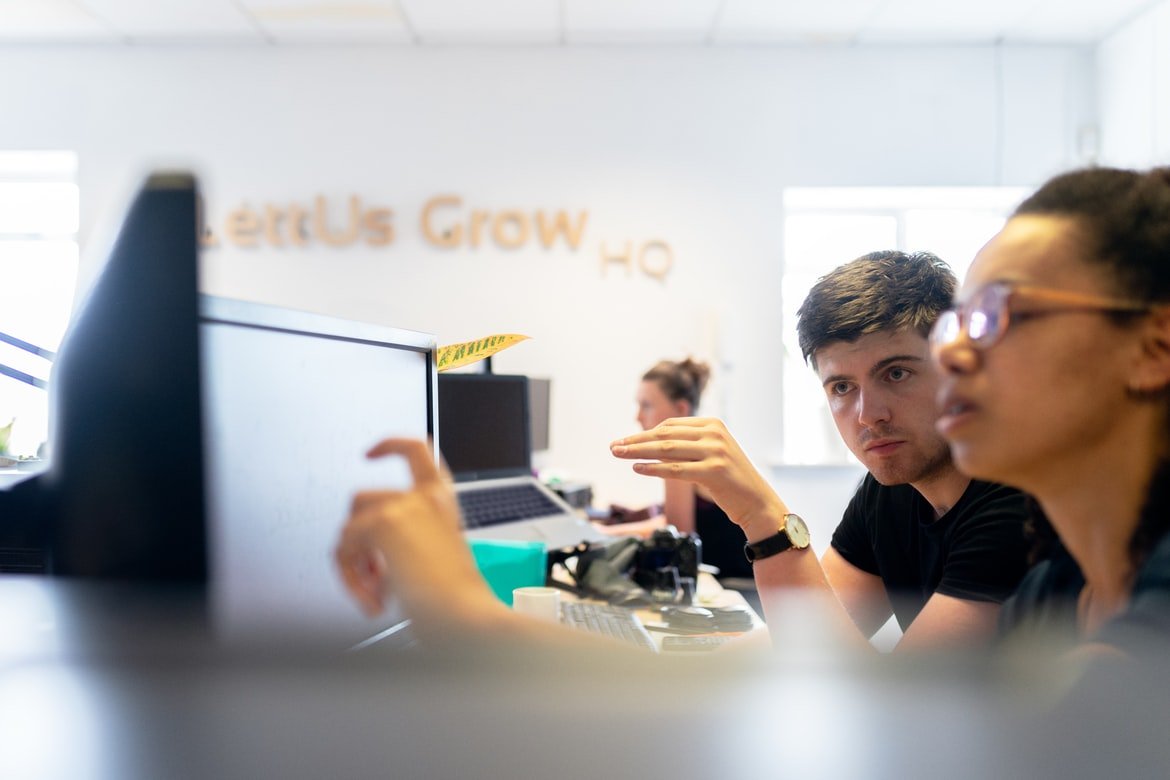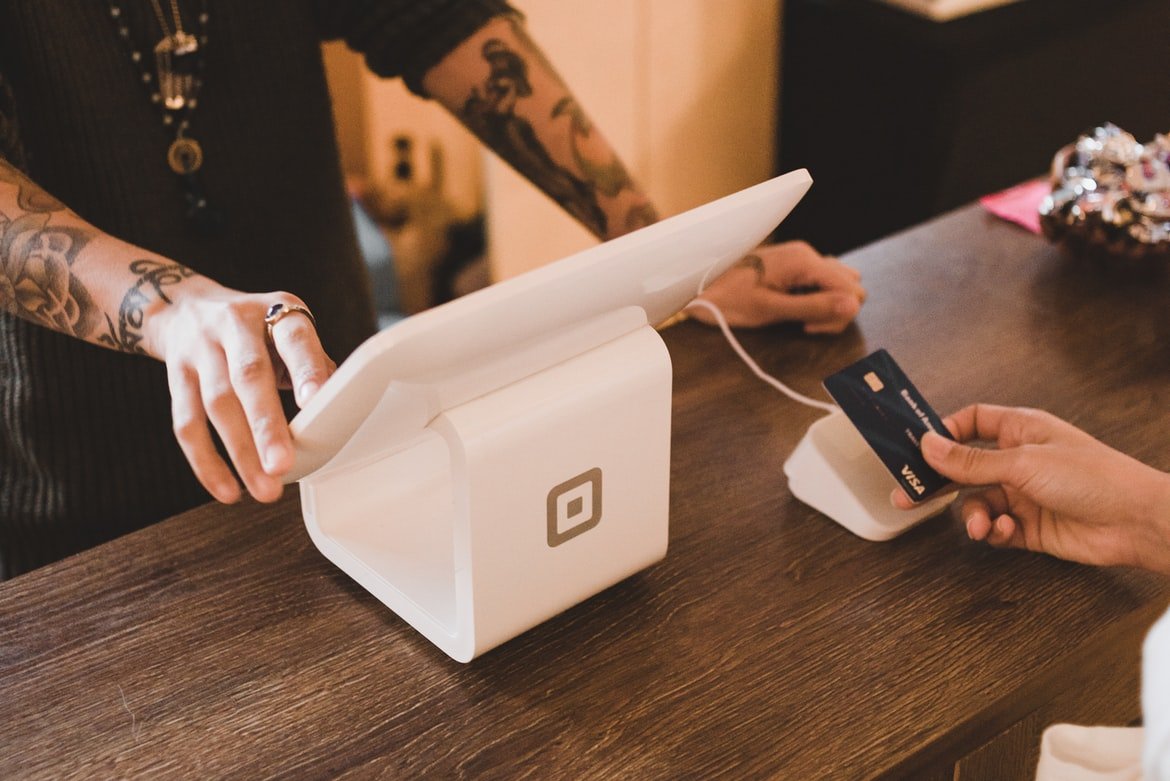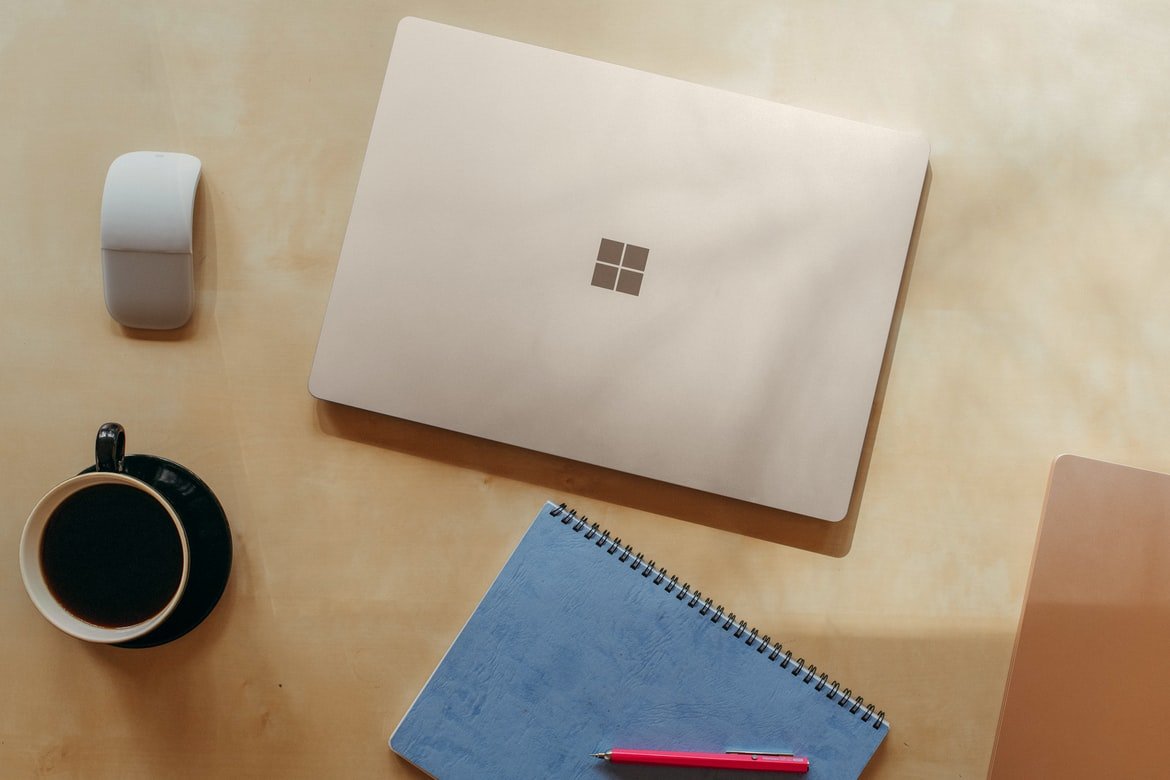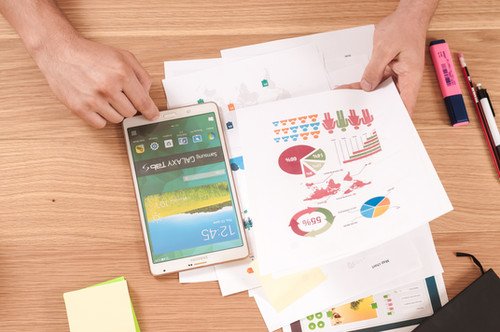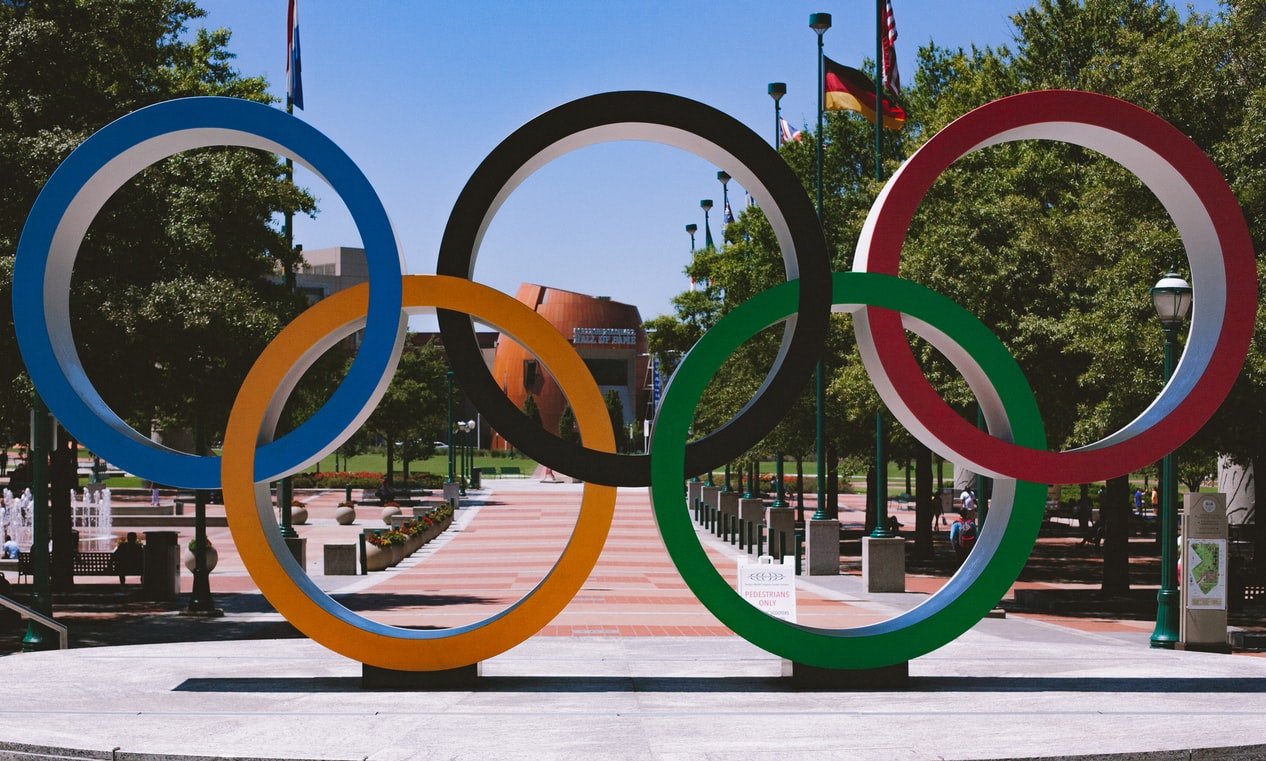Are you CIS and VAT registered? If so, read on…
From 1st October, the government is introducing the “VAT Domestic Reverse Charge” (also known simply as “Reverse Charge”) for businesses involved in building and construction services.
What is the Reverse Charge?
The Reverse Charge is a way of passing responsibility for the reporting and paying of a VAT transaction from the seller to the buyer of goods or services.
So, instead of the seller paying the VAT, the buyer takes responsibility for it.
Why is this required?
This is an anti-fraud measure. It removes the opportunity for fraudsters to charge VAT and not pay it back to the Revenue. It has been introduced in response to the VAT fraud and organised attacks on the VAT system in the construction industry, and means that the government can try to reduce the risk of companies charging VAT on their construction services and then vanishing before actually paying it over to the Government.
Yes, it does happen – and we know of some actual instances! A client paid for building work, including paying the VAT of course, and they then reclaimed that VAT as part of their normal accounting process. However, the building firm vanished into the mist without handing over the VAT to HMRC.
A huge amount of revenue is lost in this way, so the new legislation aims to make sure it’s correctly paid; HMRC expects to bring in an additional £90m in tax revenue for the first year, then £140m in the following year.
How will it work?
When a transaction is subject to Reverse Charge, the person receiving the goods or services must report on their VAT return both of the following:
- their purchase – as their input VAT; and
- the supplier’s sale – as their output VAT.
If you are the customer, you will have to account for the VAT amount through your VAT return instead of paying the VAT amount to your supplier. You will also be reclaiming that VAT amount as input tax (purchase VAT), subject to the normal rules, meaning that no net VAT is payable to HMRC.
If you are the supplier of the goods or services, you will still need to issue a VAT invoice that clearly shows that the supplies are subject to the reverse charge, but you must declare the net amount of the sale only (no VAT to be declared) on your VAT return.
Who will it affect?
The Domestic Reverse Charge will apply to you if you are in a business that is CIS registered, whether you supply or receive relevant goods or services.
There’s a long list of the services that are affected, which you can see here on the government website, or we can run through with you. Here are some examples – please note that this is not the complete list…
- The construction supplies are at the standard (20%) or reduced (5%) rate.
- You are constructing, altering, repairing, extending, demolishing or dismantling buildings or structures, including offshore installation services, power lines, aircraft runways, railways, inland waterways, docks or harbours.
- Your work involves pipelines, reservoirs, water mains, wells, sewers, industrial plant and installations for purposes of land drainage, coastal protection or defence.
- You install heating, lighting, air-conditioning, ventilation, power supply, drainage, sanitation, water supply or fire protection systems in any building or structure.
- You are involved with the internal cleaning of buildings and structures, so far as carried out in the course of their construction, alteration, repair, extension or restoration.
- You paint or decorate the inside or the external surfaces of any building or structure.
- You supply services which form an integral part of, or are part of the preparation or completion of the services described above. This includes site clearance, earth-moving, excavation, tunnelling and boring, laying foundations, erection of scaffolding, site restoration, landscaping and the provision of roadways and other access works.
Exceptions:
As is often the case, there are some exceptions.
- The domestic reverse charge does not apply to the zero-rated supply of construction services.
- The domestic reverse charge only applies to supplies between UK taxable persons.
- Any supplies of construction services that fall in the list shown above between sub-contractors and contractors will be subject to the domestic reverse charge unless they are supplied to a contractor who is the end user.
Example
A company called “The supplier” provides construction services to a company called “The customer” for the net amount of £1,000.00 plus VAT.
What will happen after 1st October:
- “The supplier” must raise an invoice (specifying that this is a reverse charge service) to “The customer” for the total amount of the service provided, as usual: £1,200.00 (£1,000.00 plus the VAT at 20%).
- “The customer” will pay £1000 to the company.
- “The supplier” will not receive the total amount invoiced (£1,200.00) – they will only receive the net amount of the sale (£1,000.00) and the VAT sum will be held by “the customer.”
When preparing the VAT return:
- “The supplier” will declare on their VAT return only the net amount of the sale: £1,000.00, and must not declare the sales VAT stated on his invoice. So only the amount received will be declared.
- “The customer” must declare the £200 sales VAT in box 1 of his VAT return (as he has withheld the money) and then treat the purchase normally, declaring it in Boxes 4 and 7 of the same return.
Confused? Don’t worry – that’s why we’re here!
Cash flow impact
The reverse charge will have biggest impact on small and micro businesses, particularly in respect of loss of cash flow where subcontractors will no longer receive the VAT, as some businesses use the VAT they collect from customers as working capital before they pay it over to HMRC.
HMRC understands the difficulties businesses may have in implementing the domestic reverse charge and will “apply a light touch” in dealing with genuine mistakes that occur in the first six months after introduction, where businesses are trying to comply with the new legislation.
You can read much more about the reverse charge on the government’s website, but it’s long-winded. If you have any questions, it’s better to simply get in touch with our VAT team and we’ll be happy to talk you through the process.




